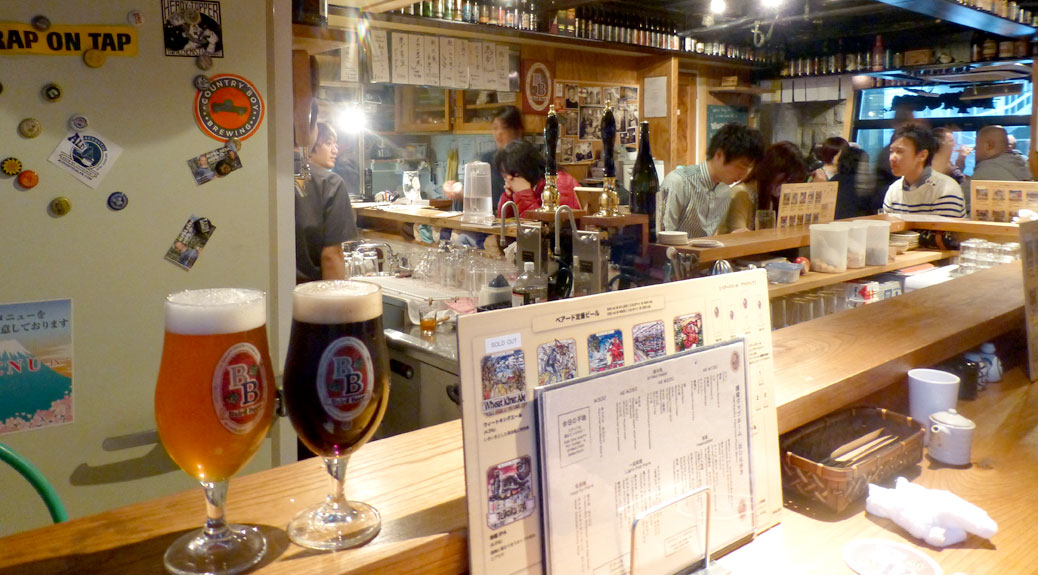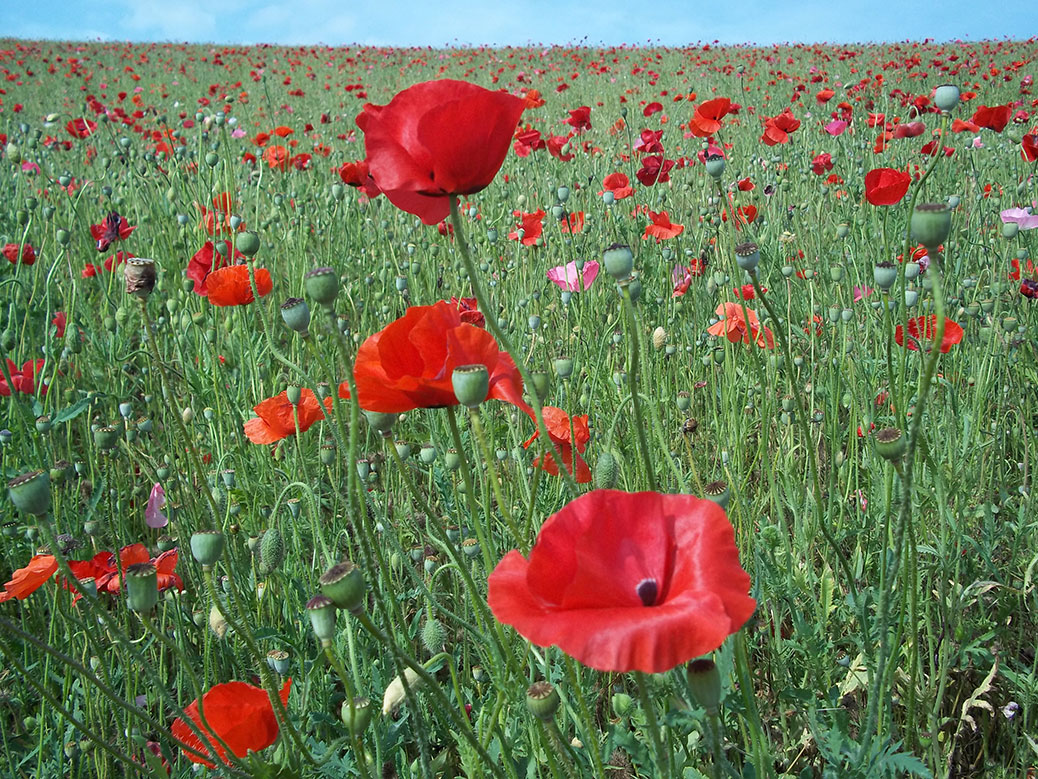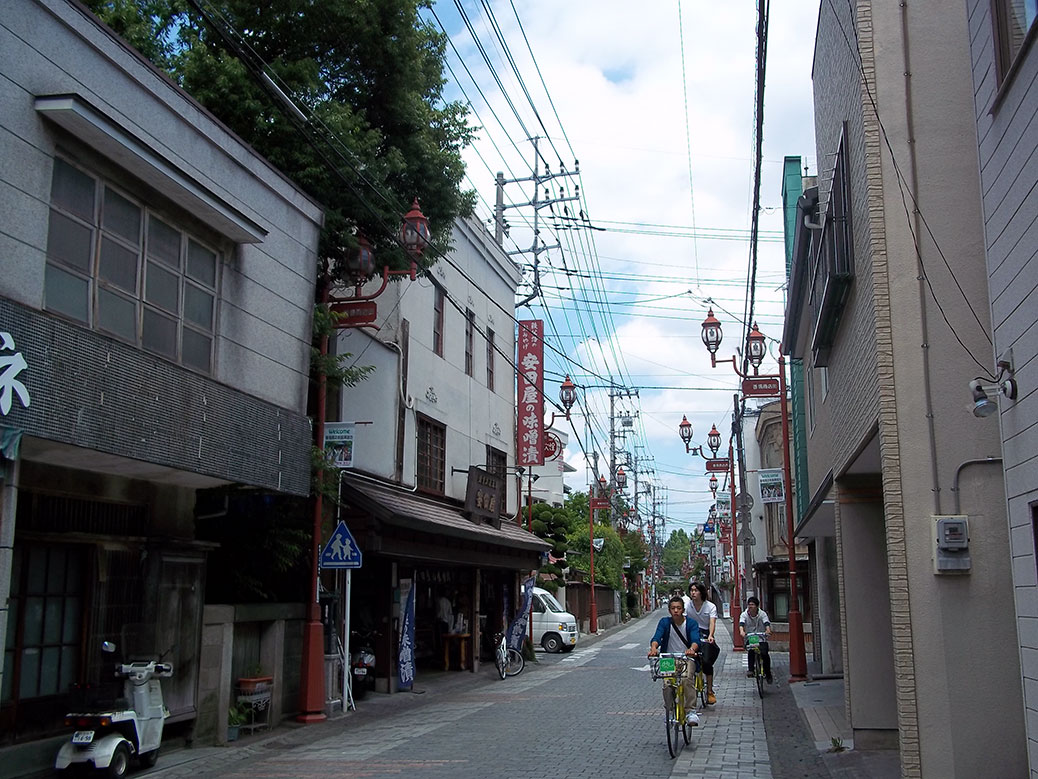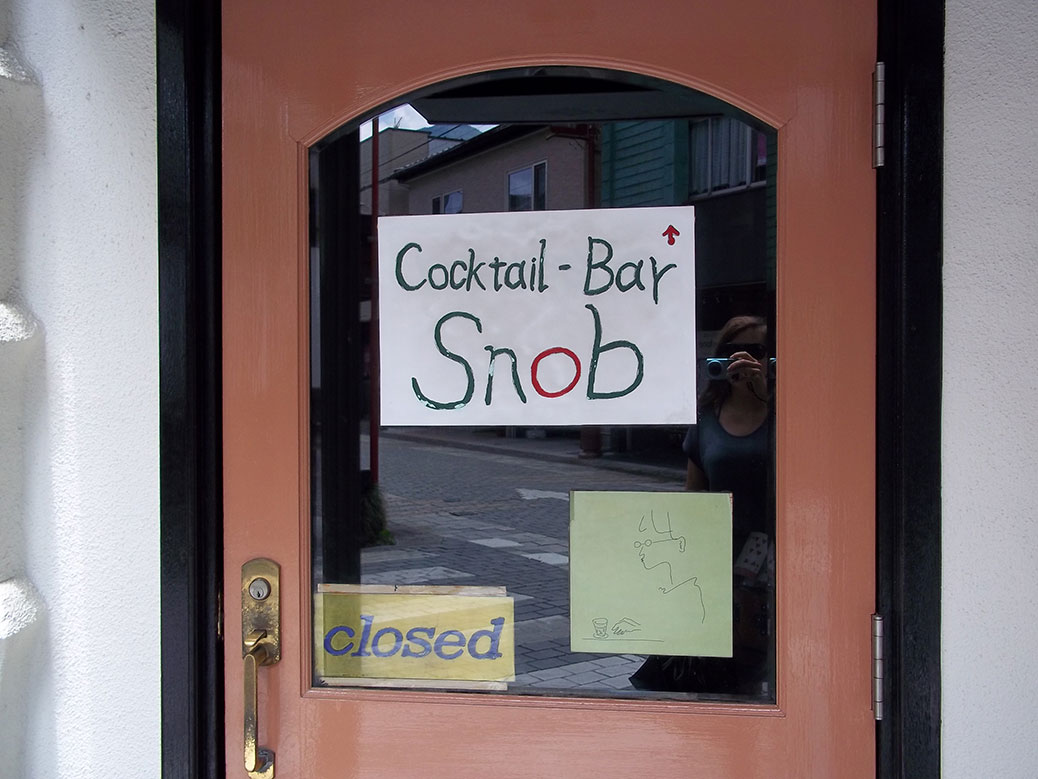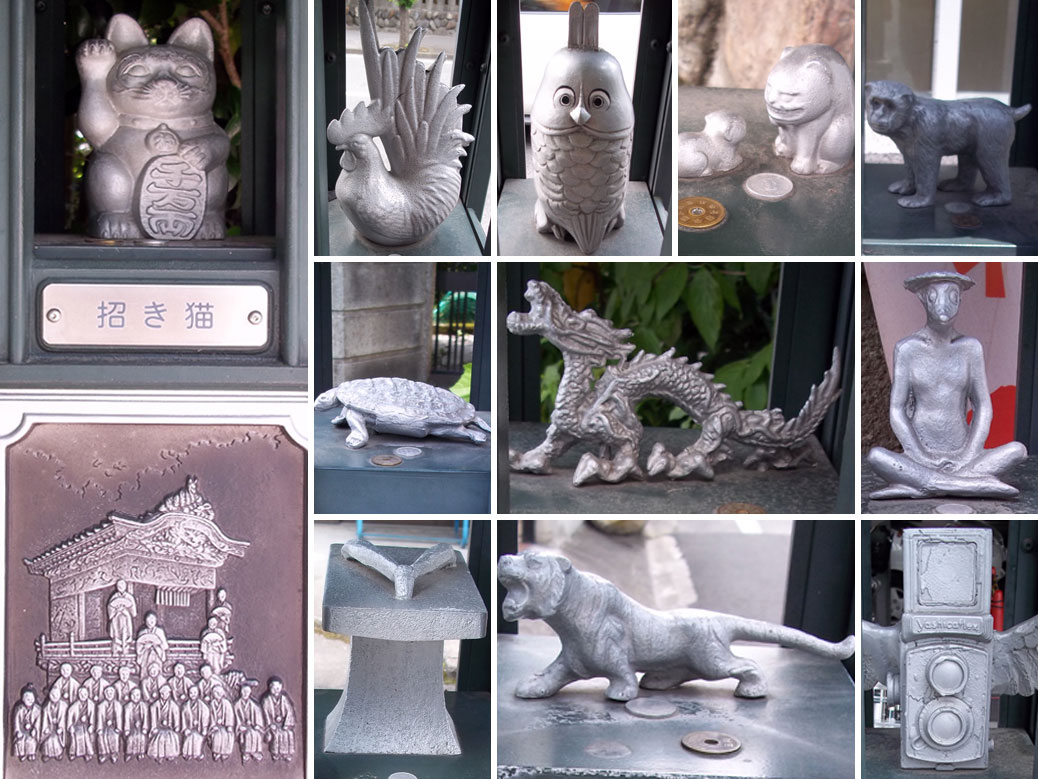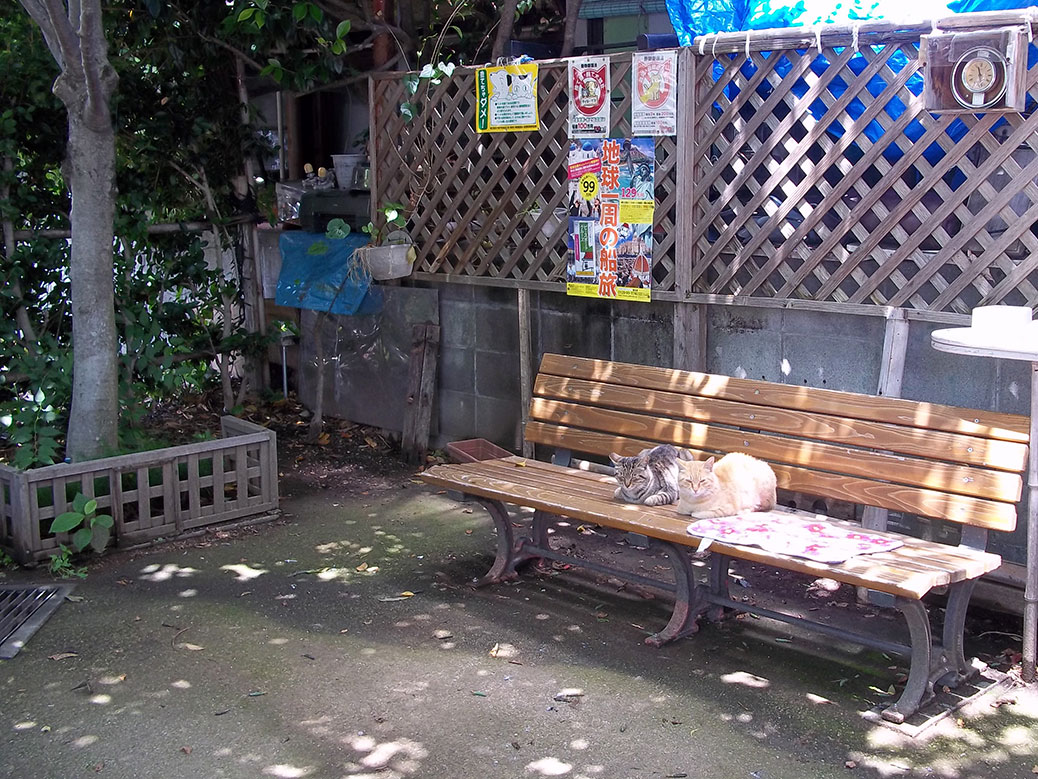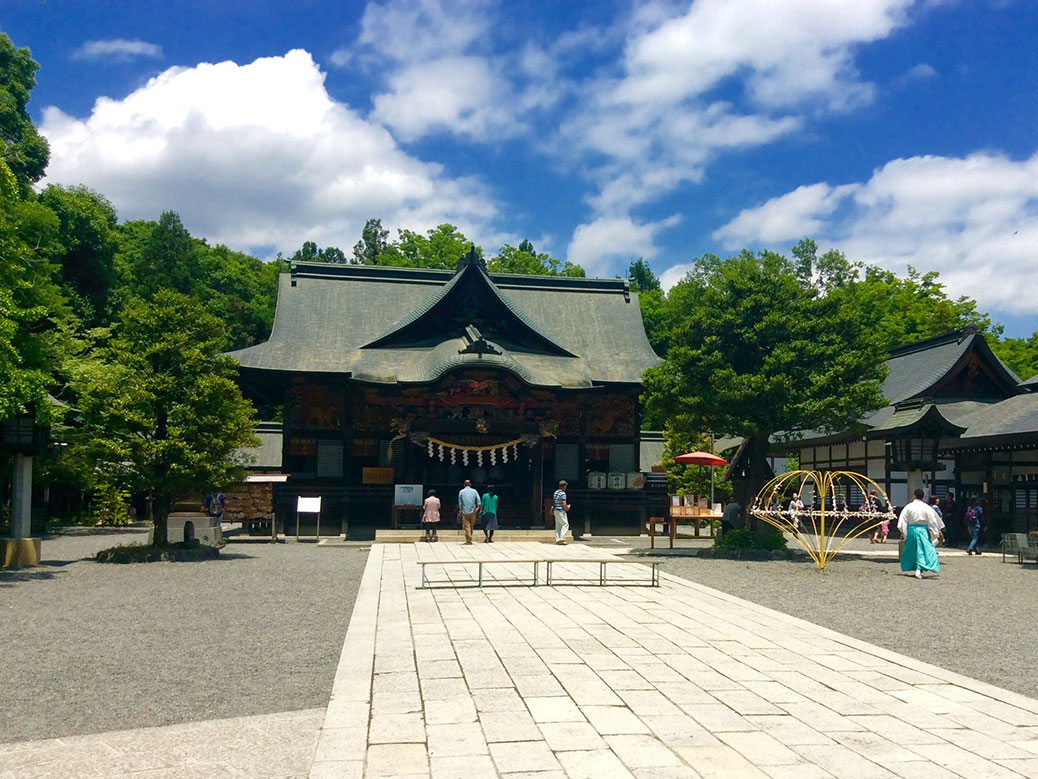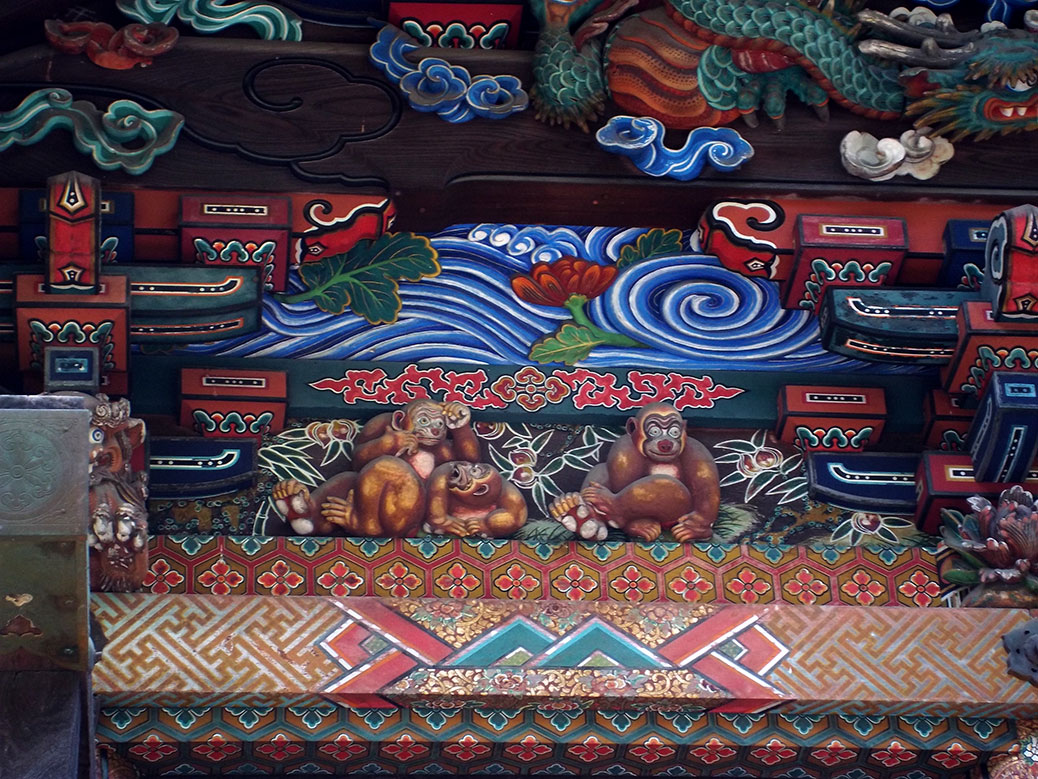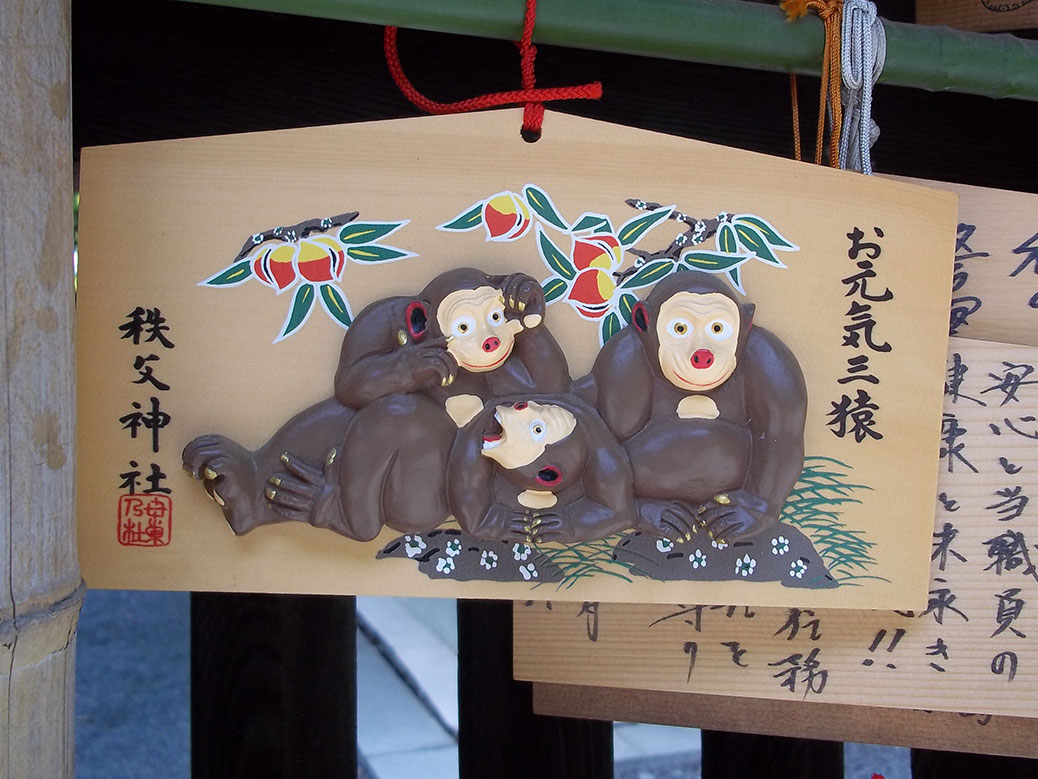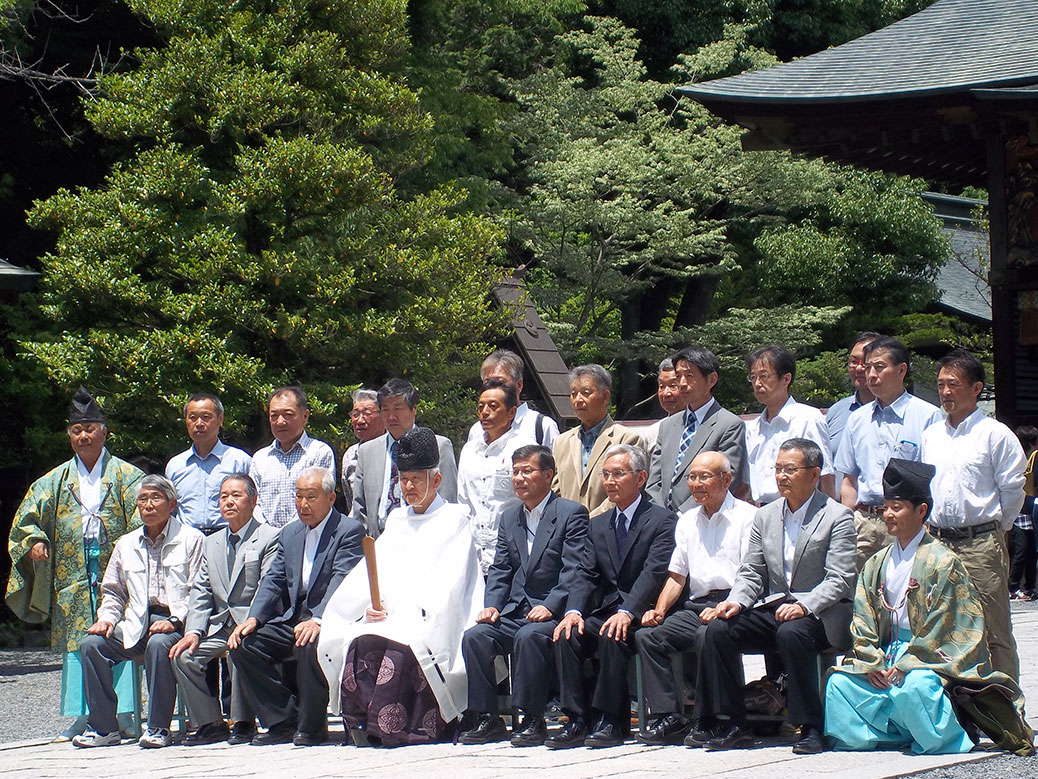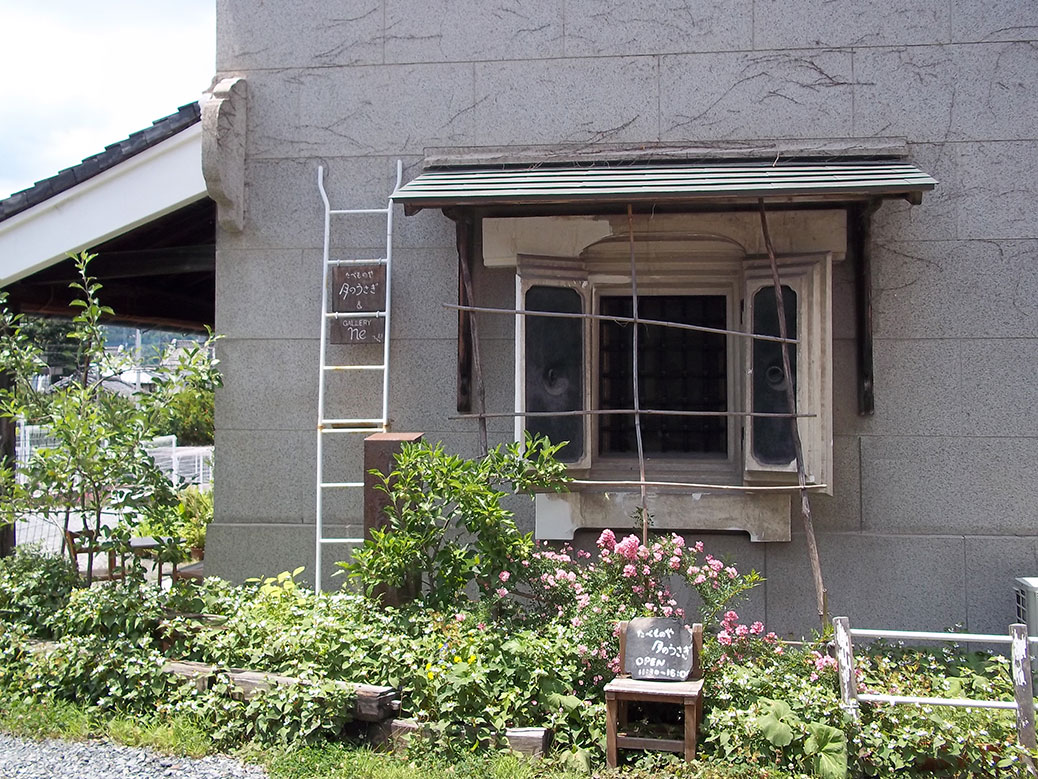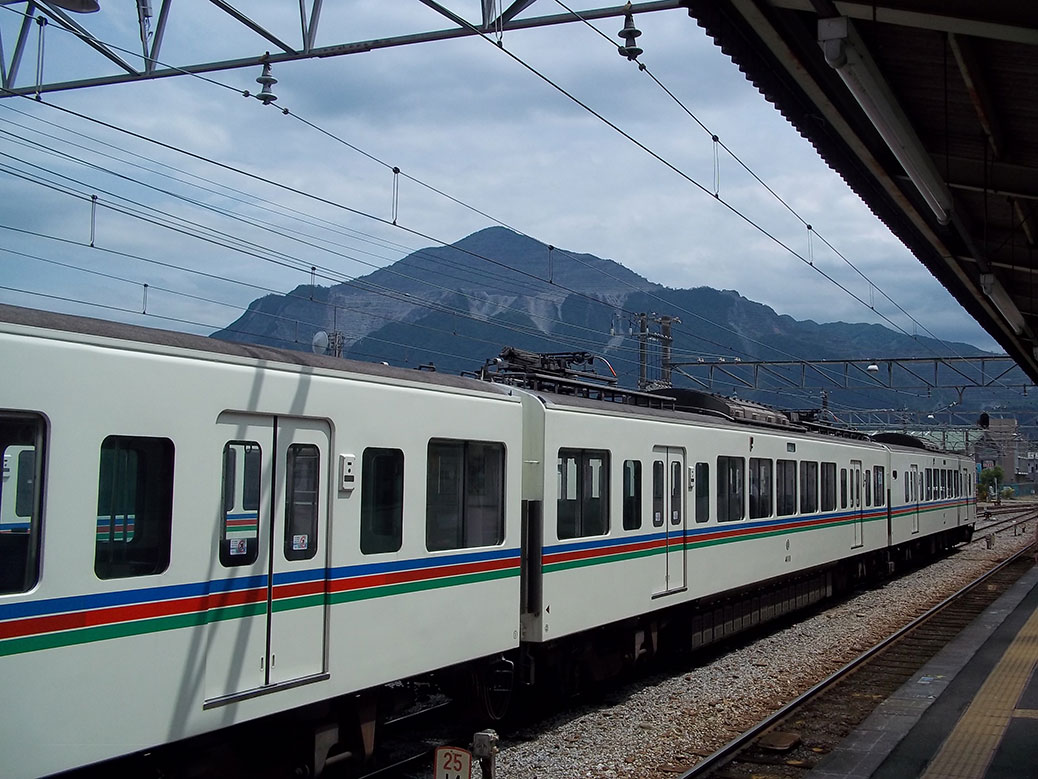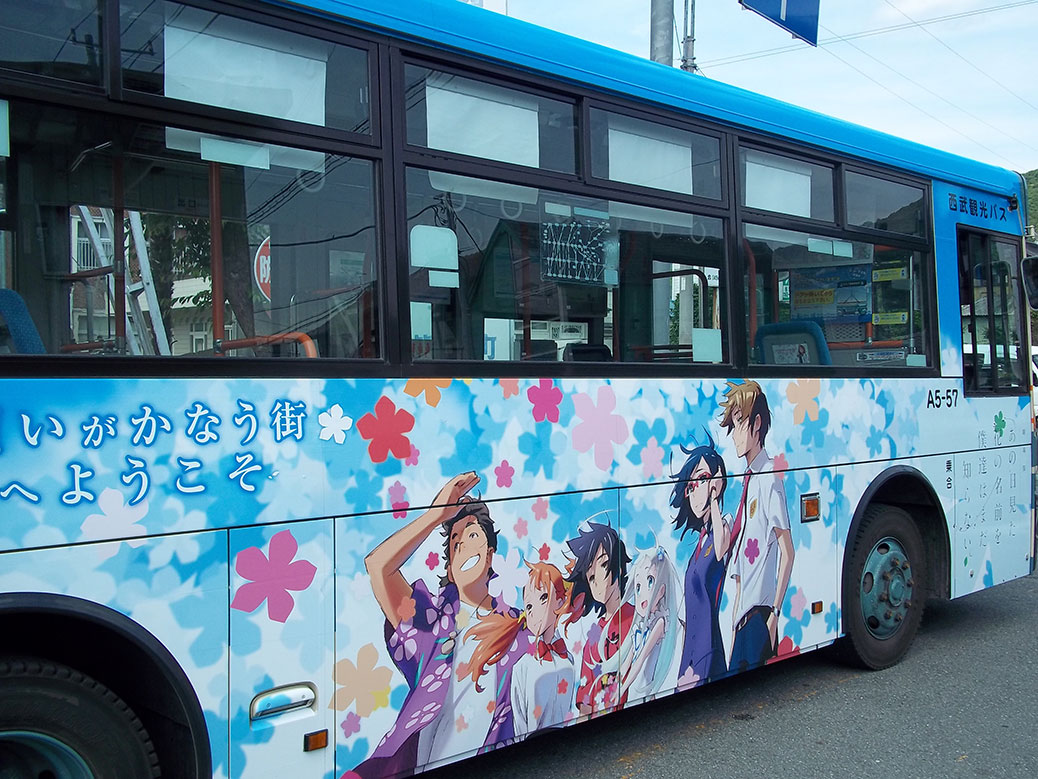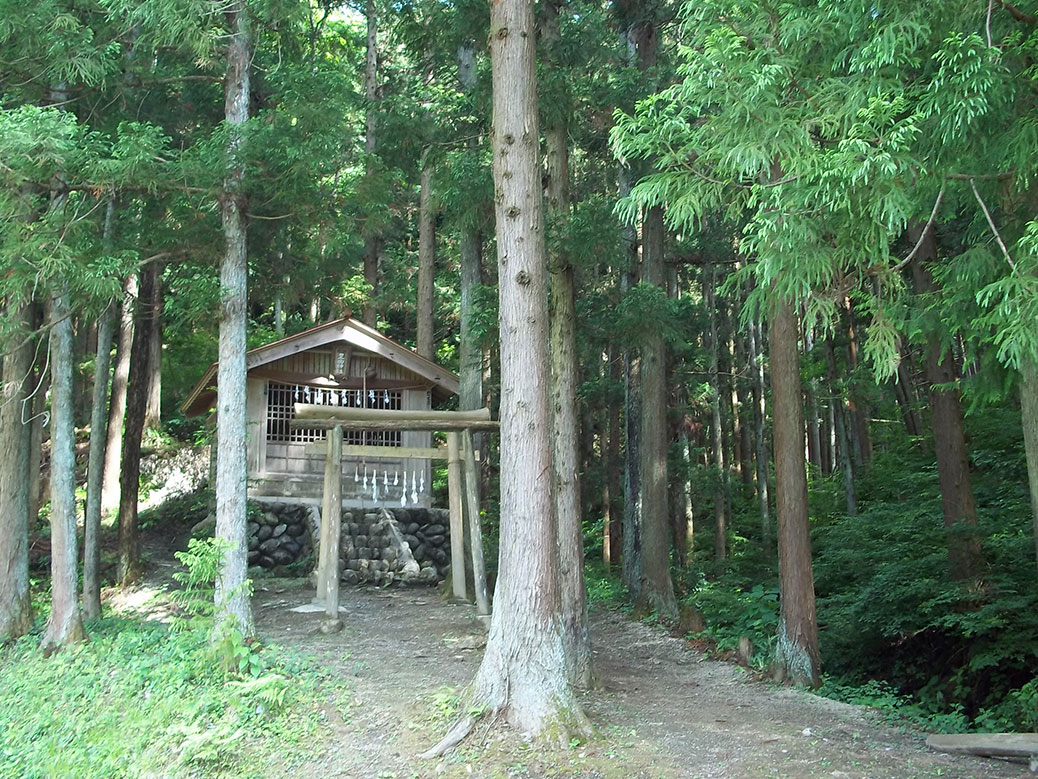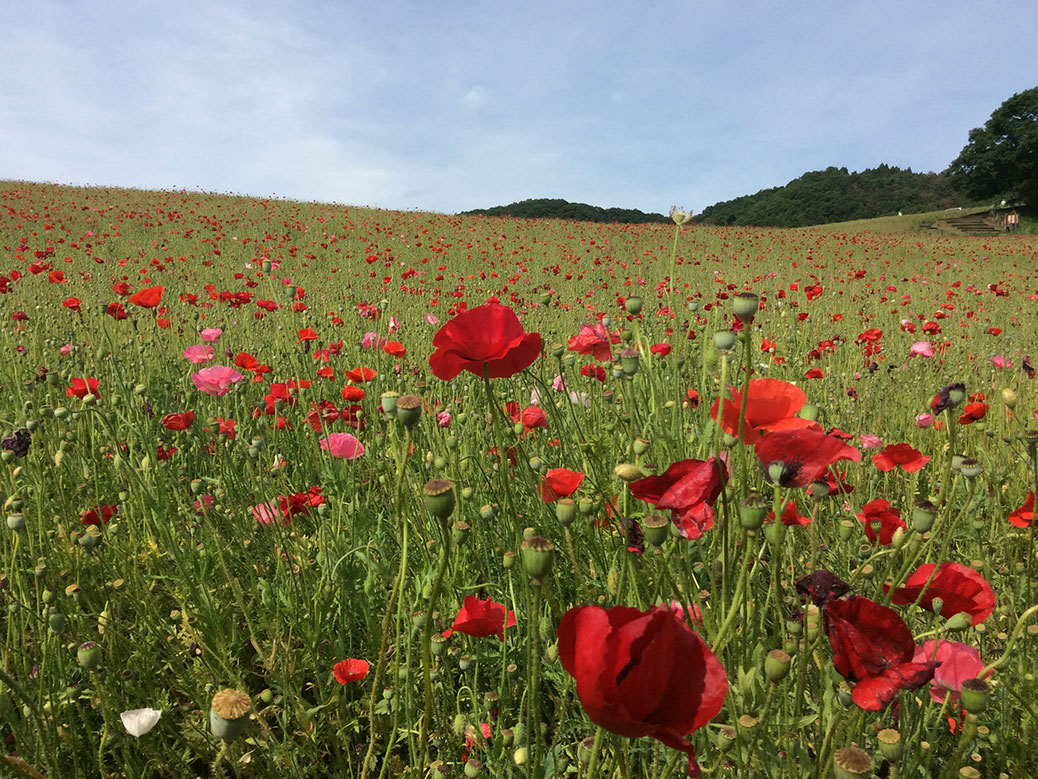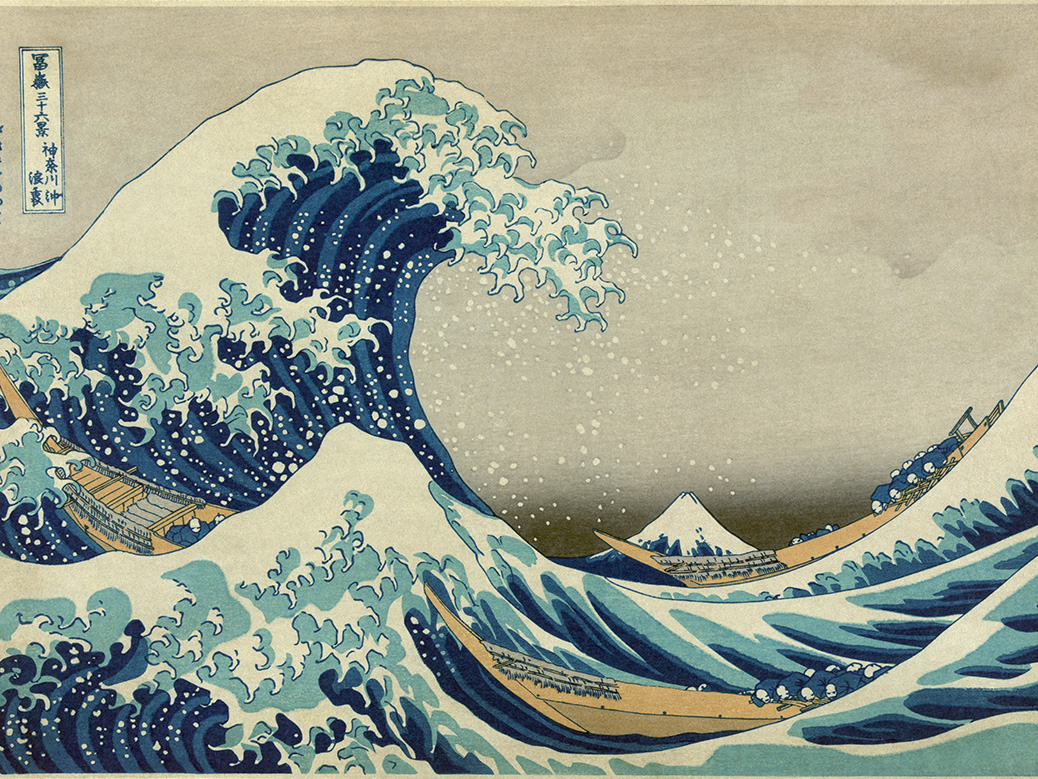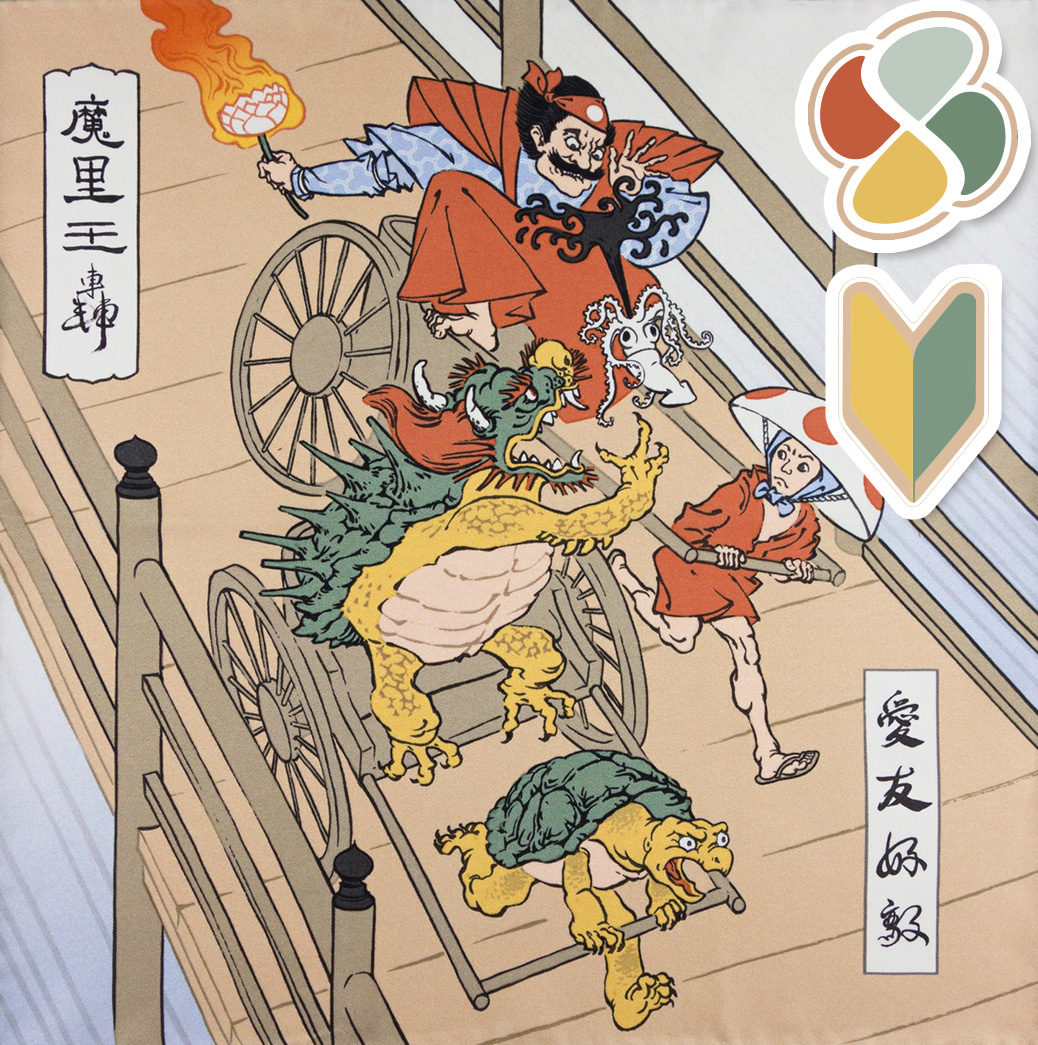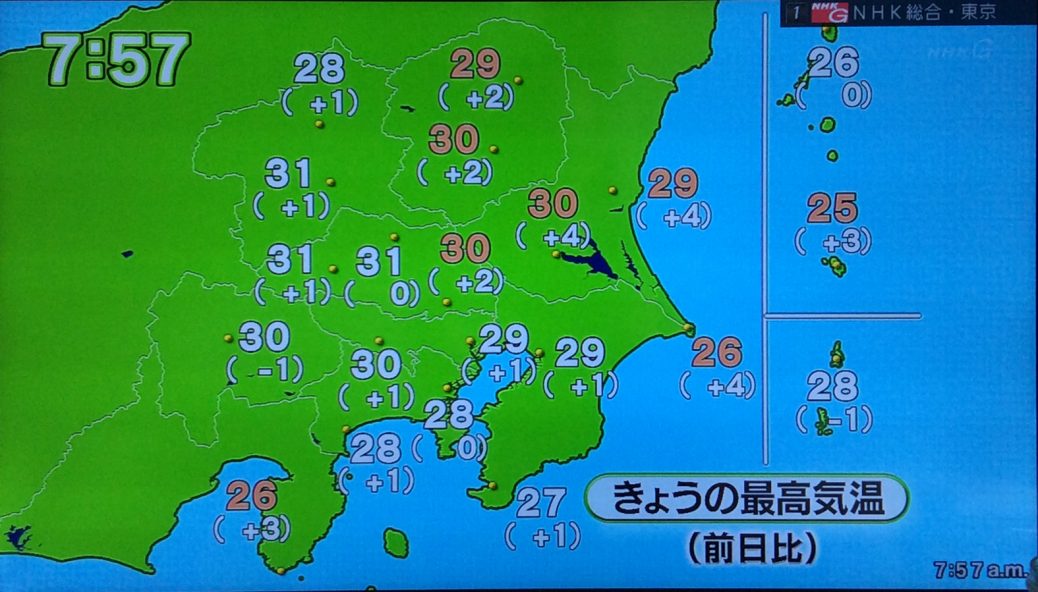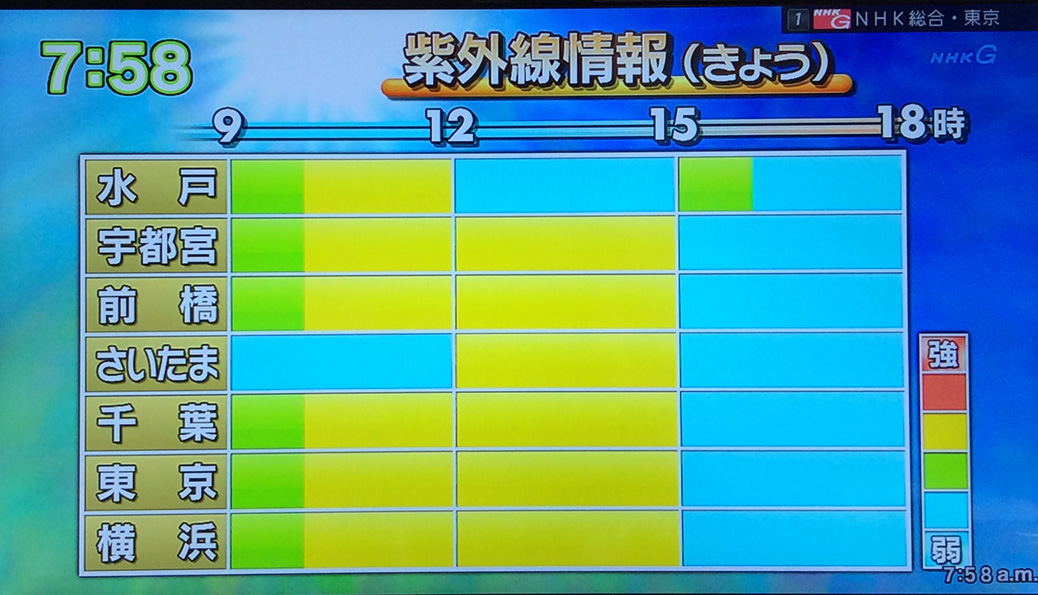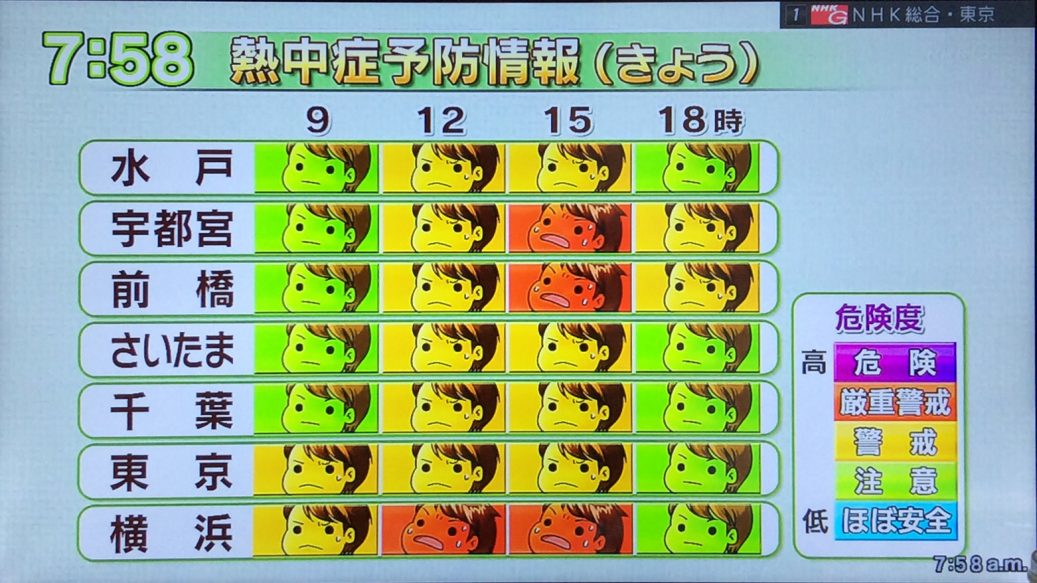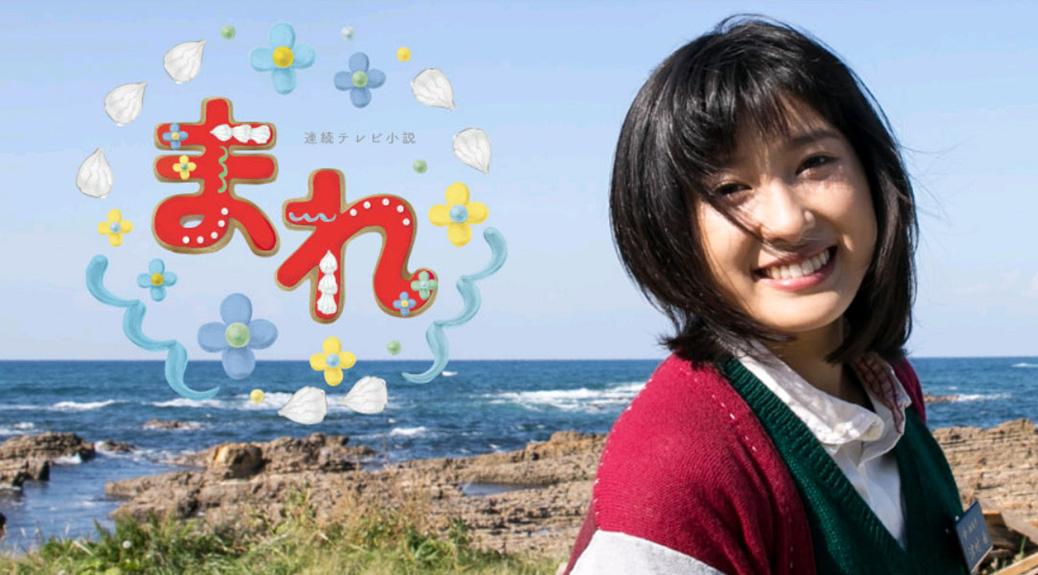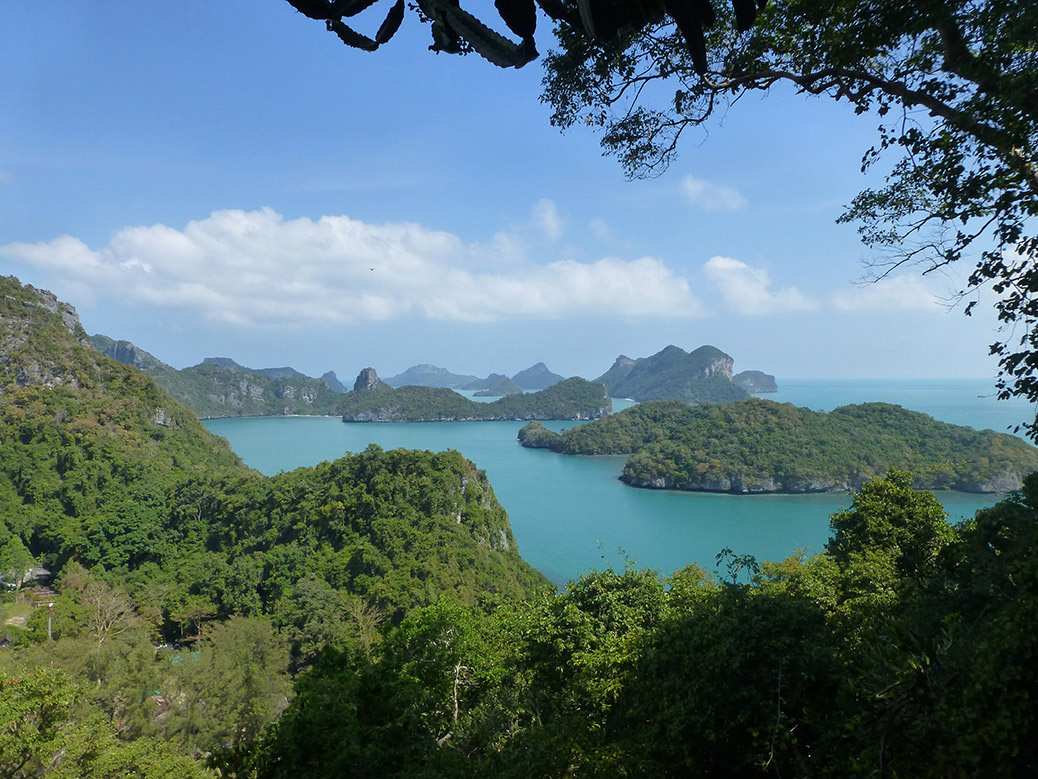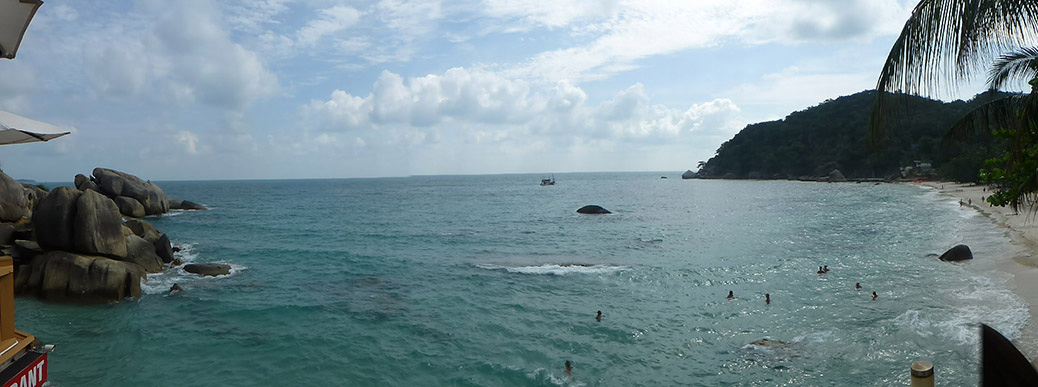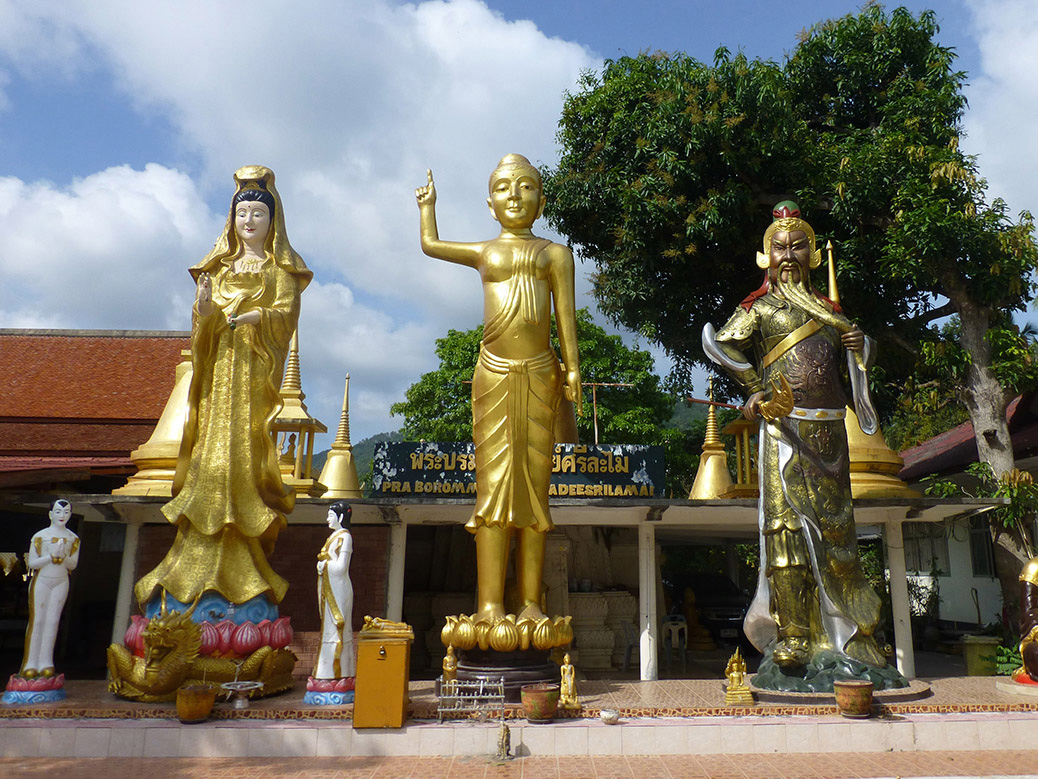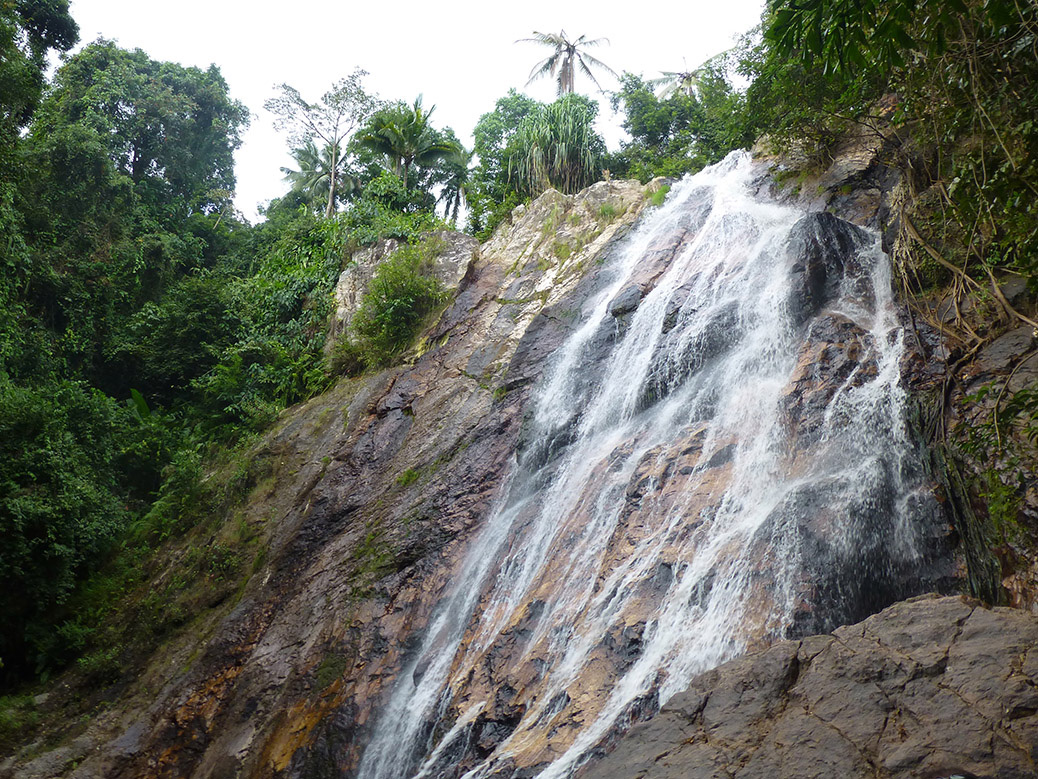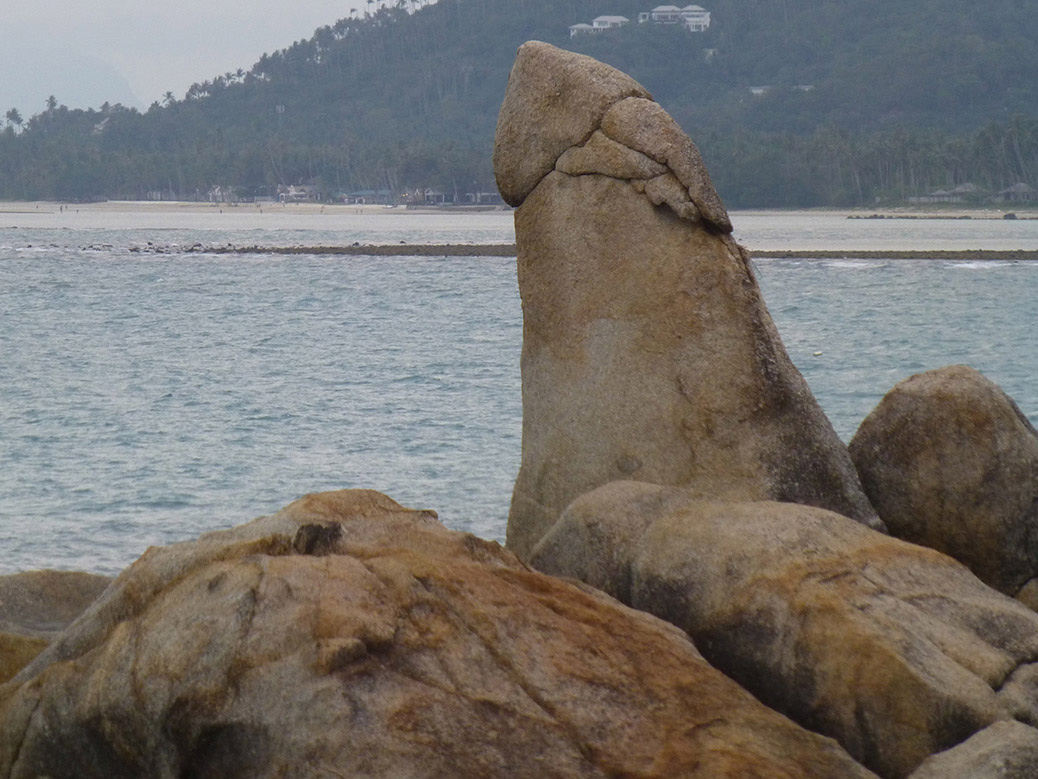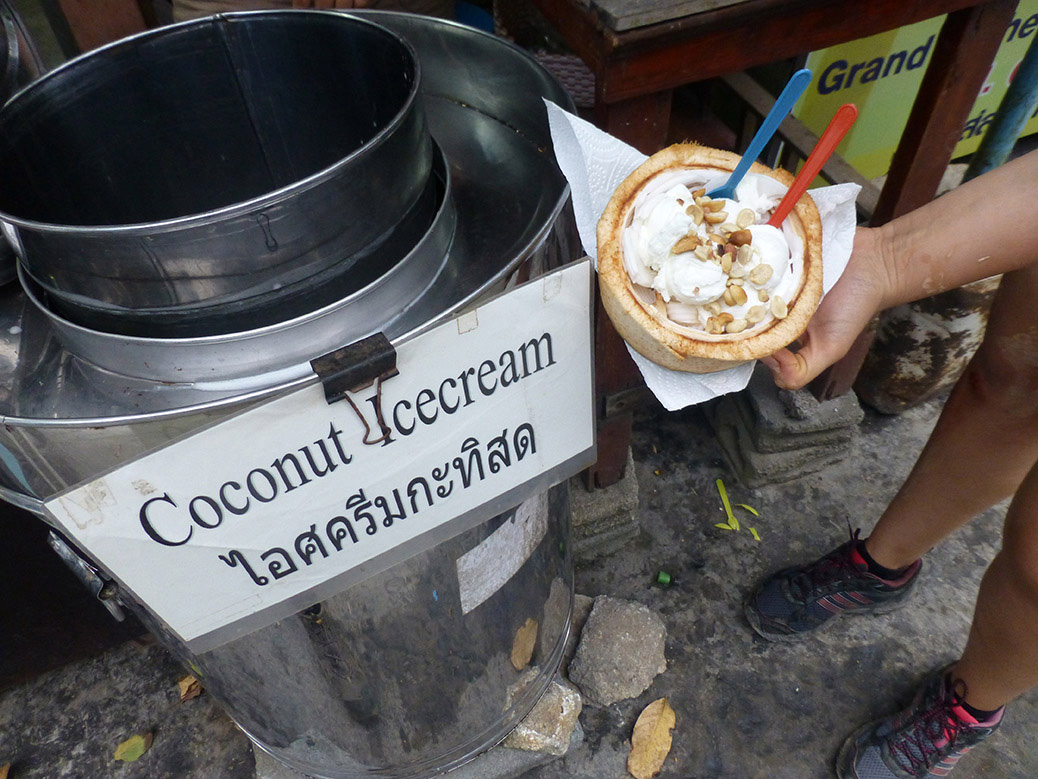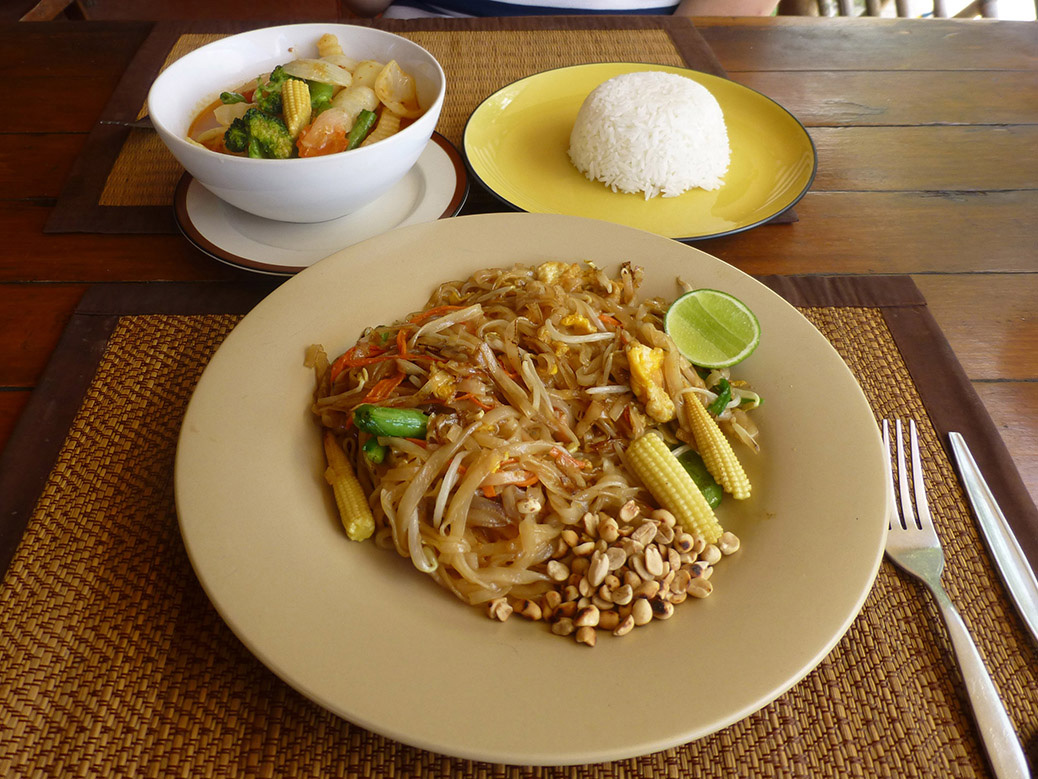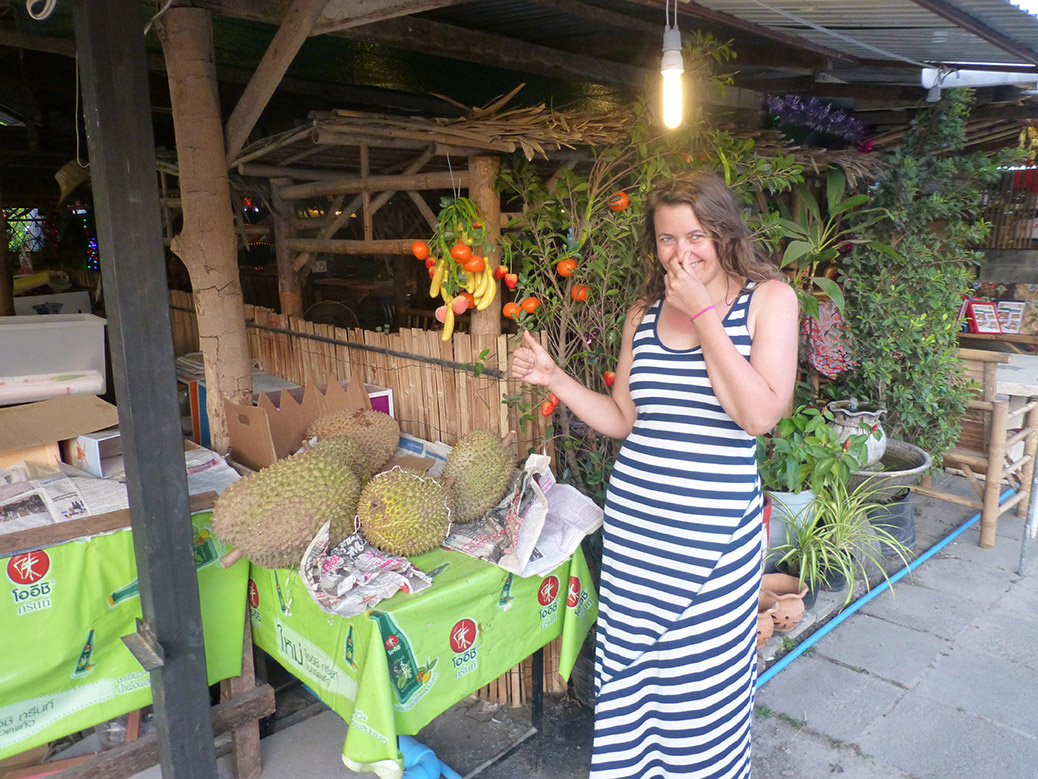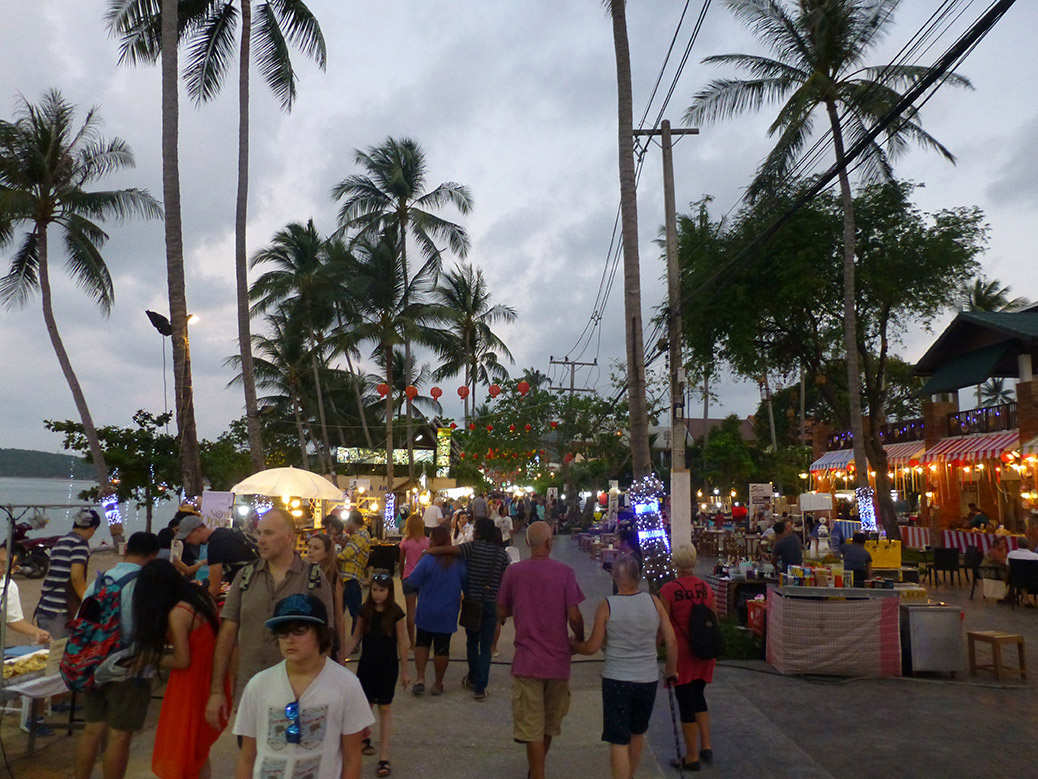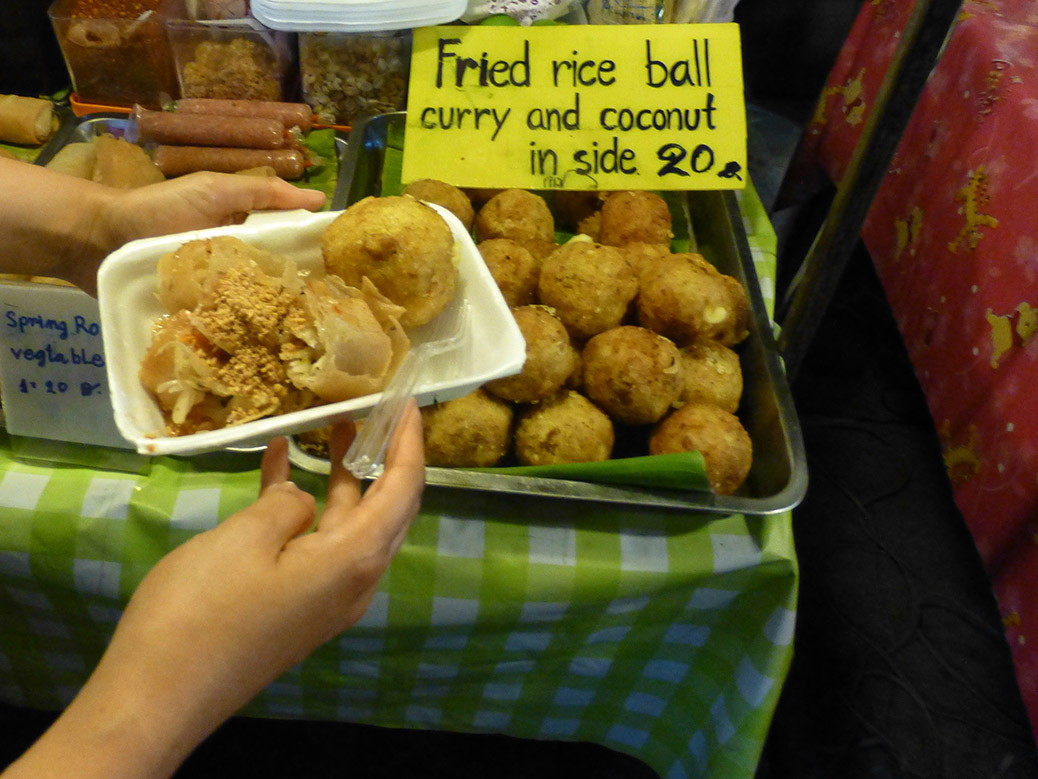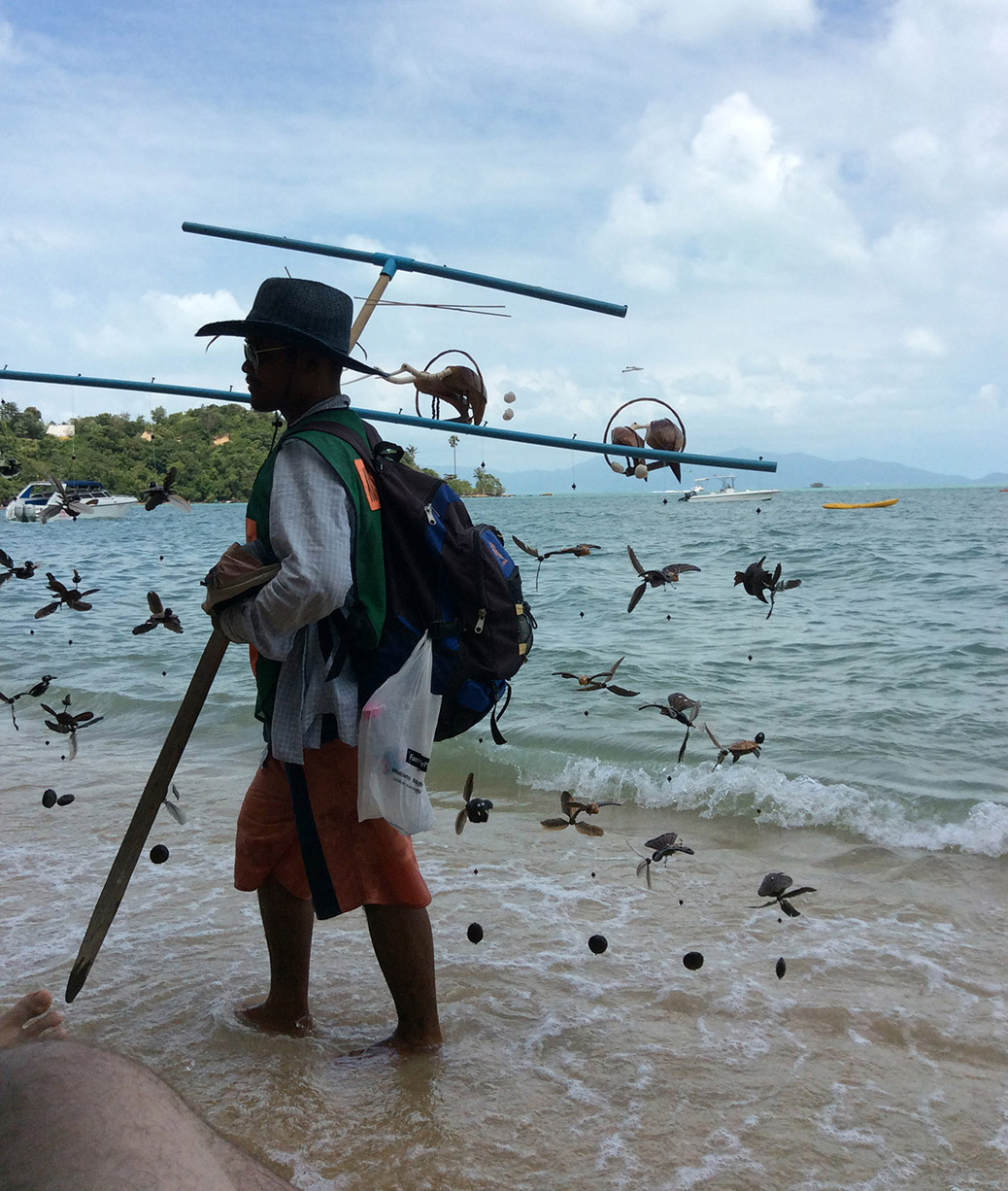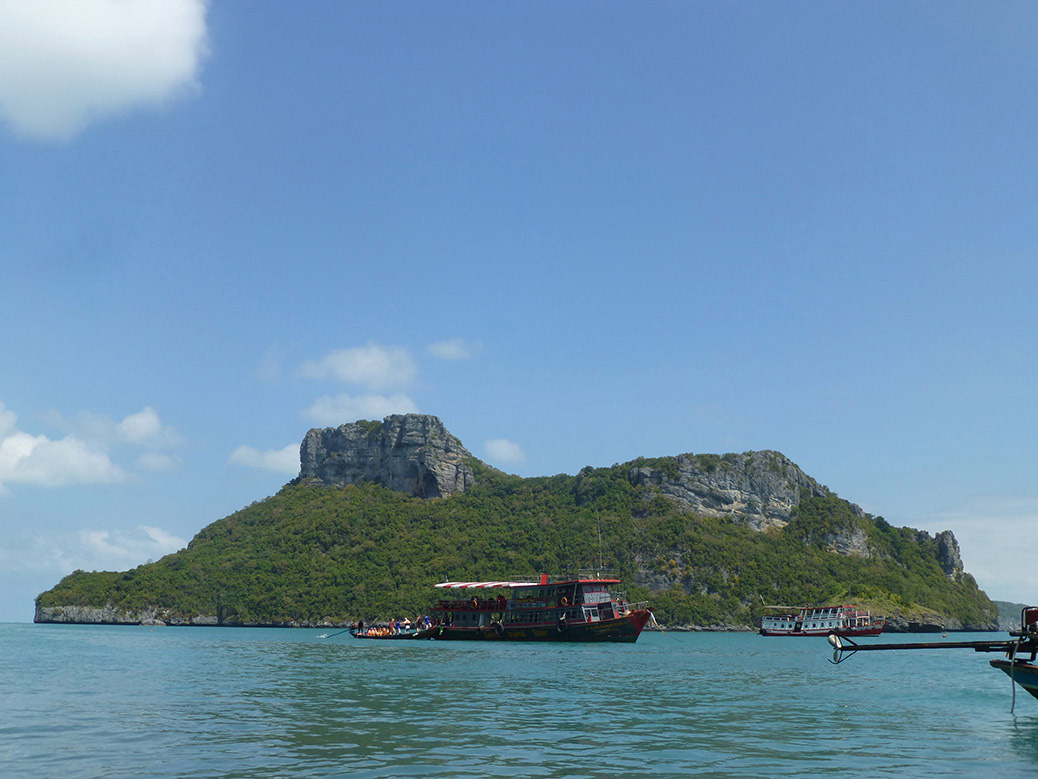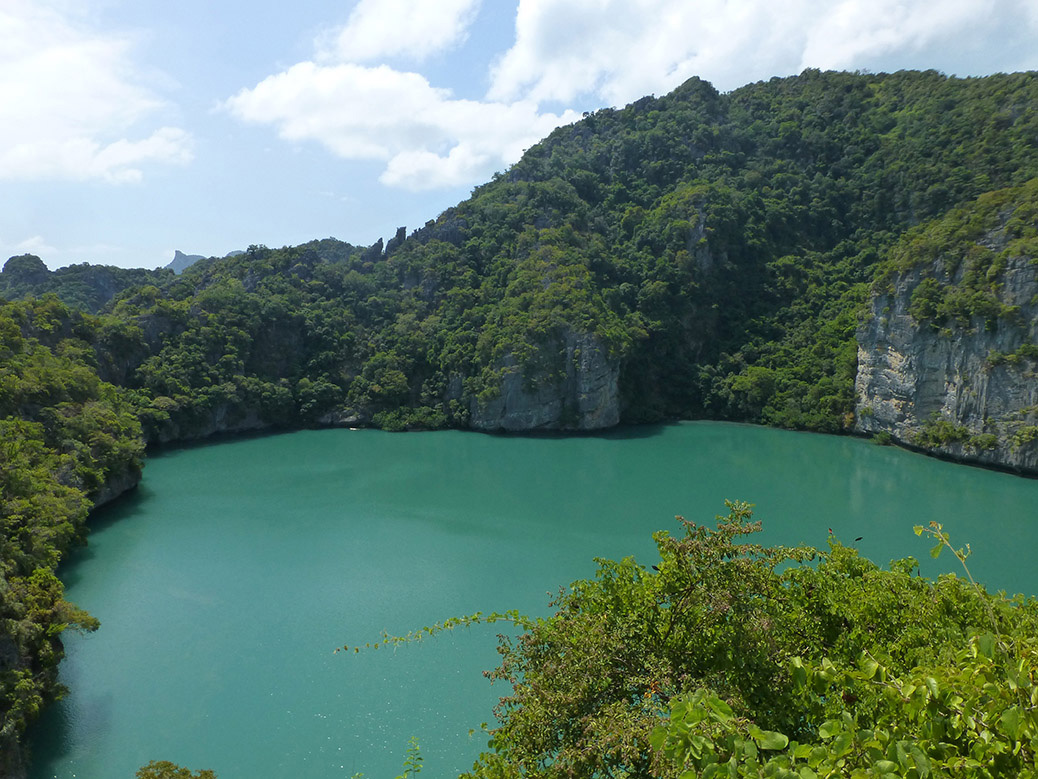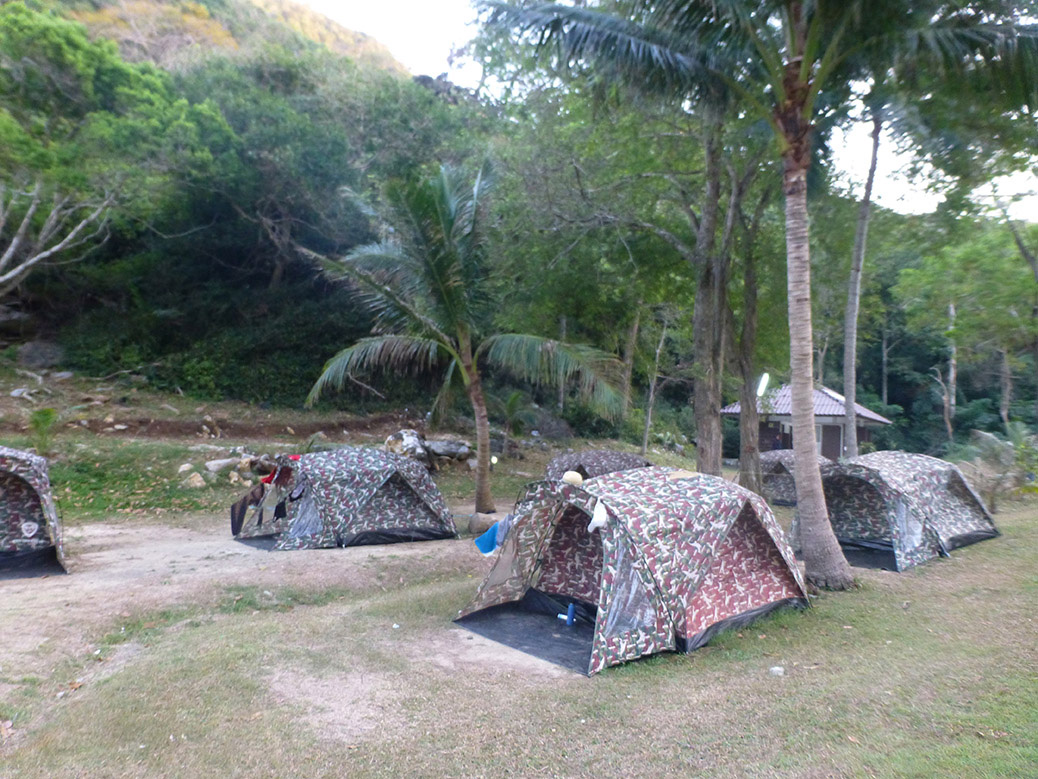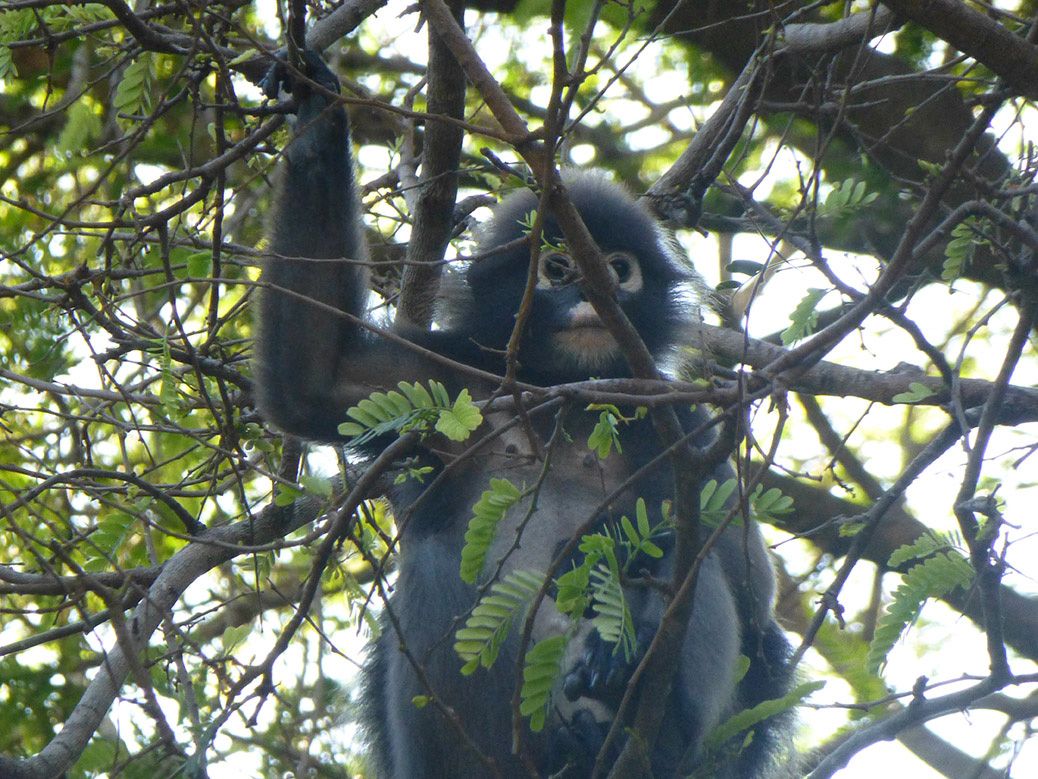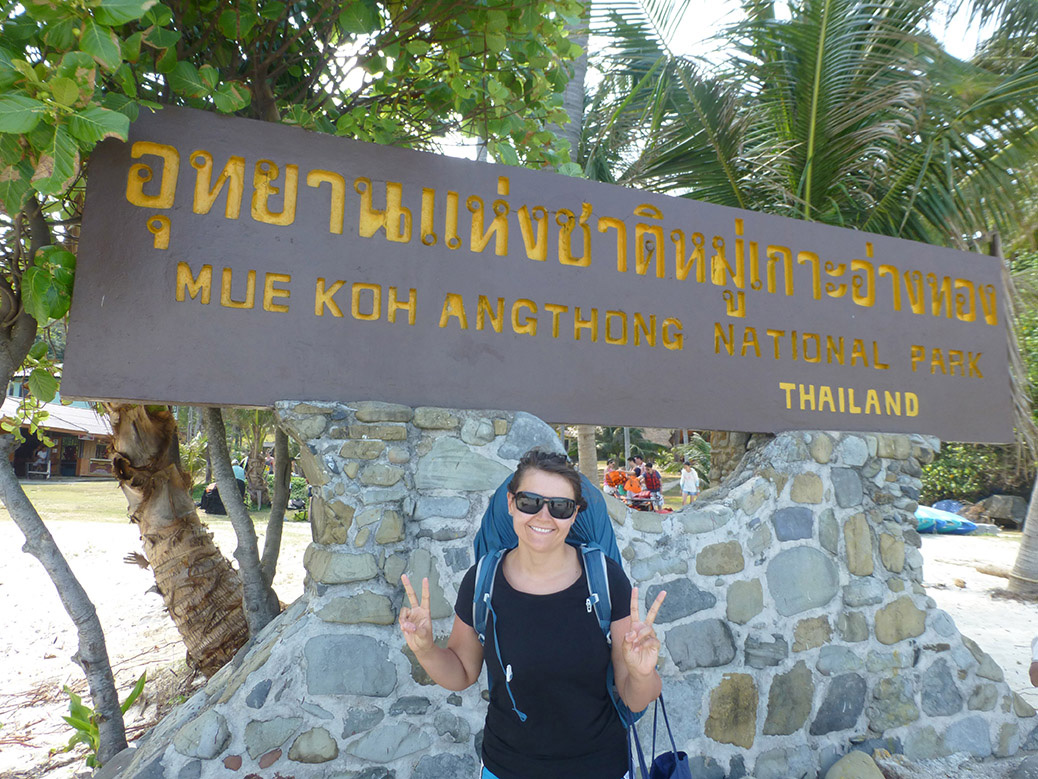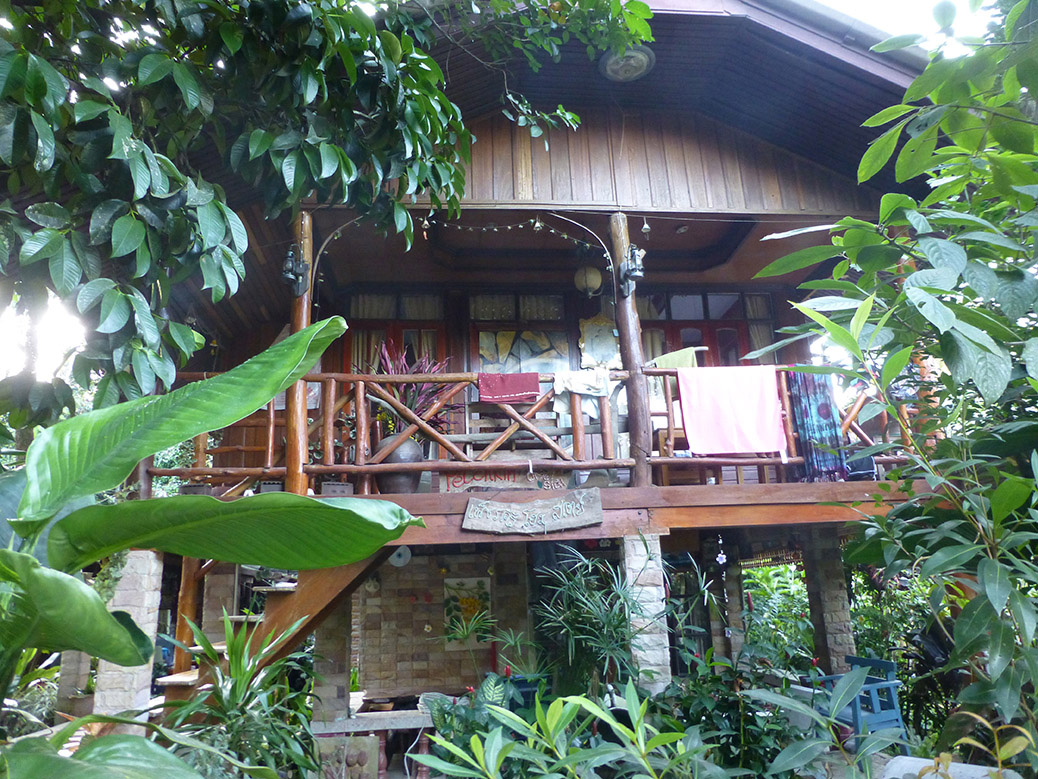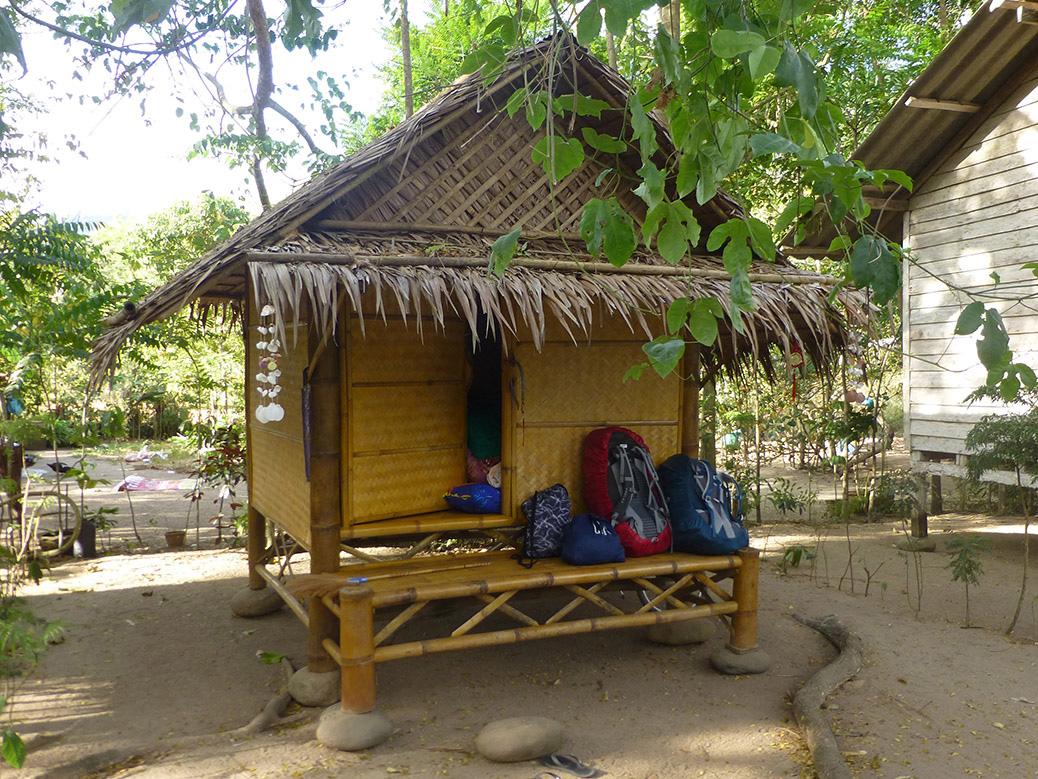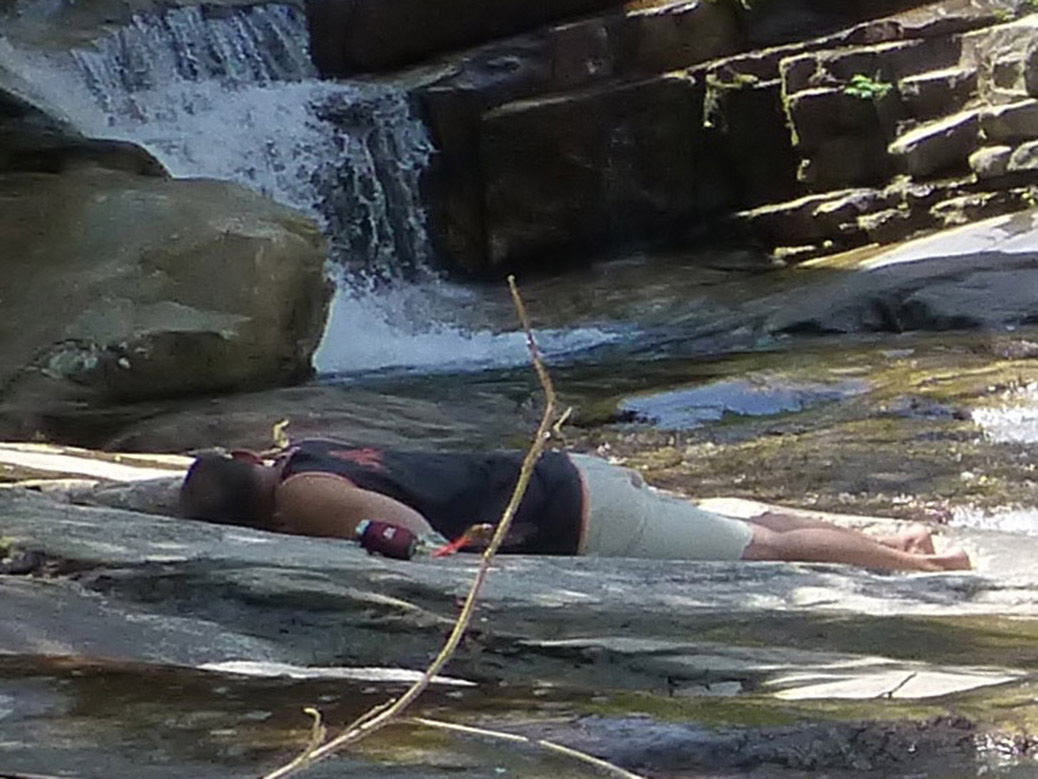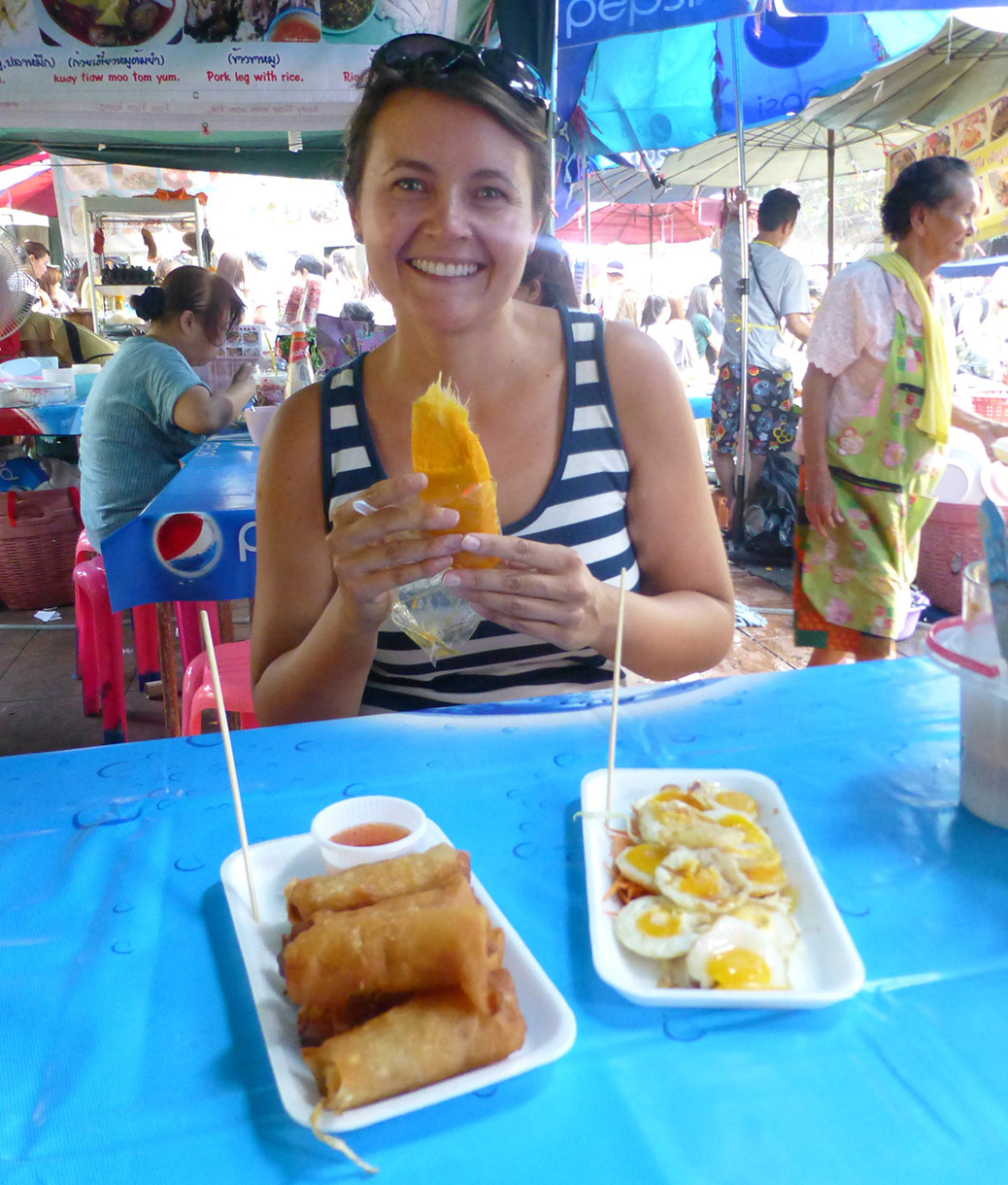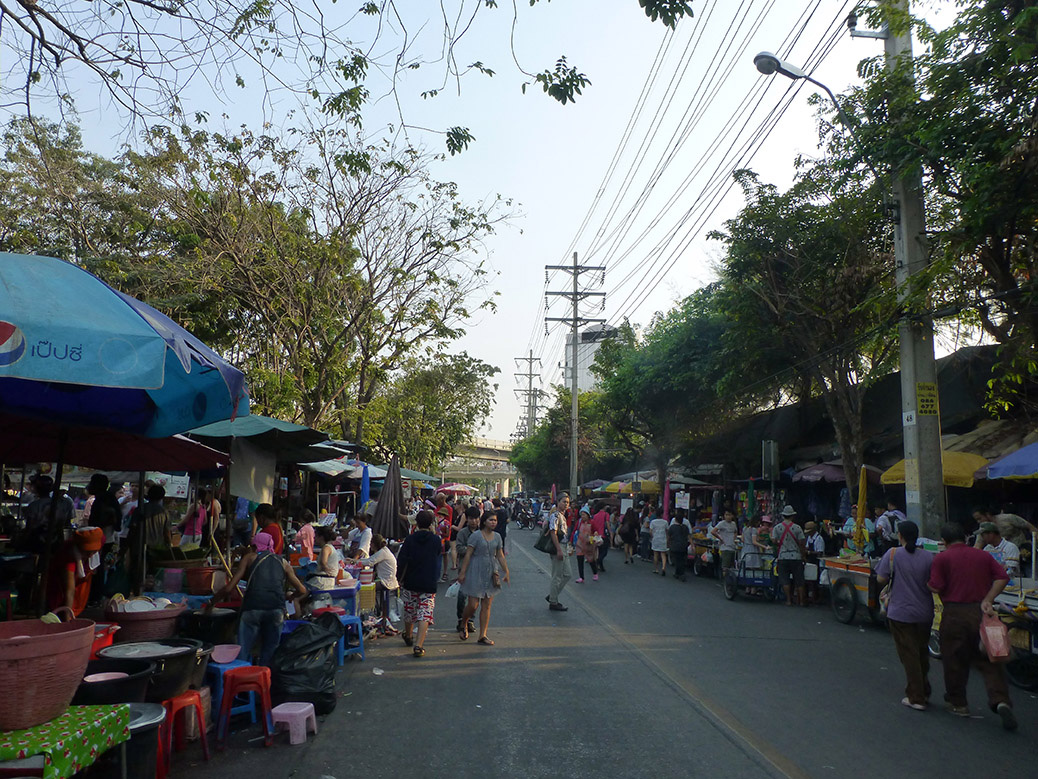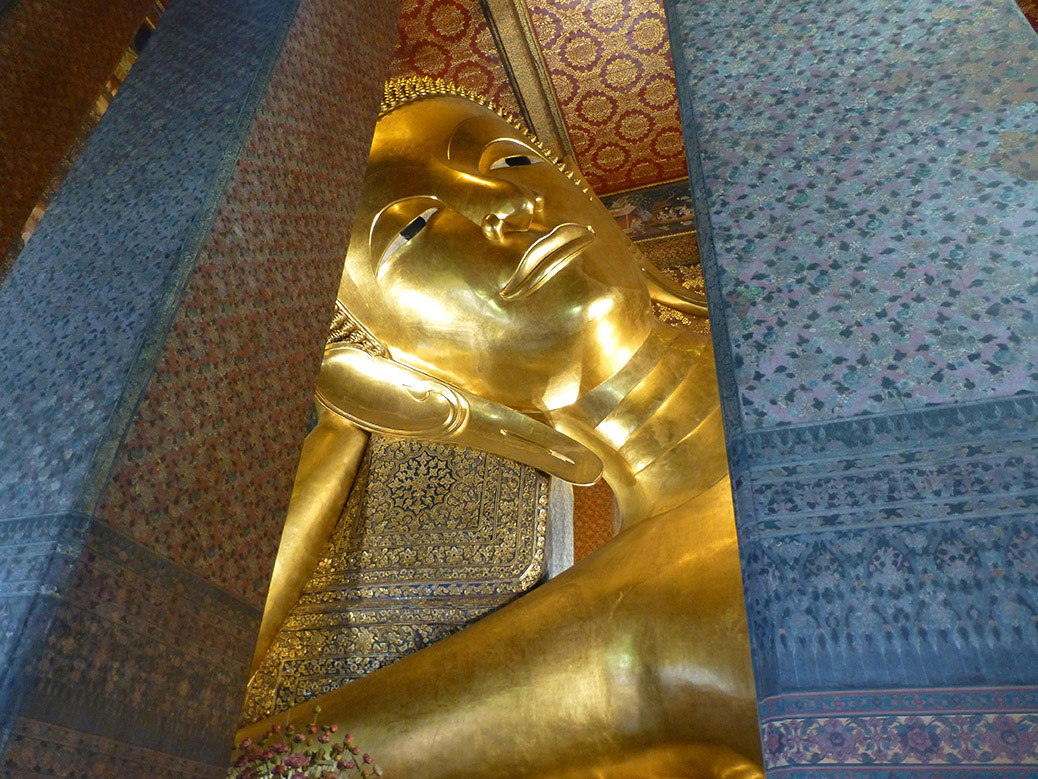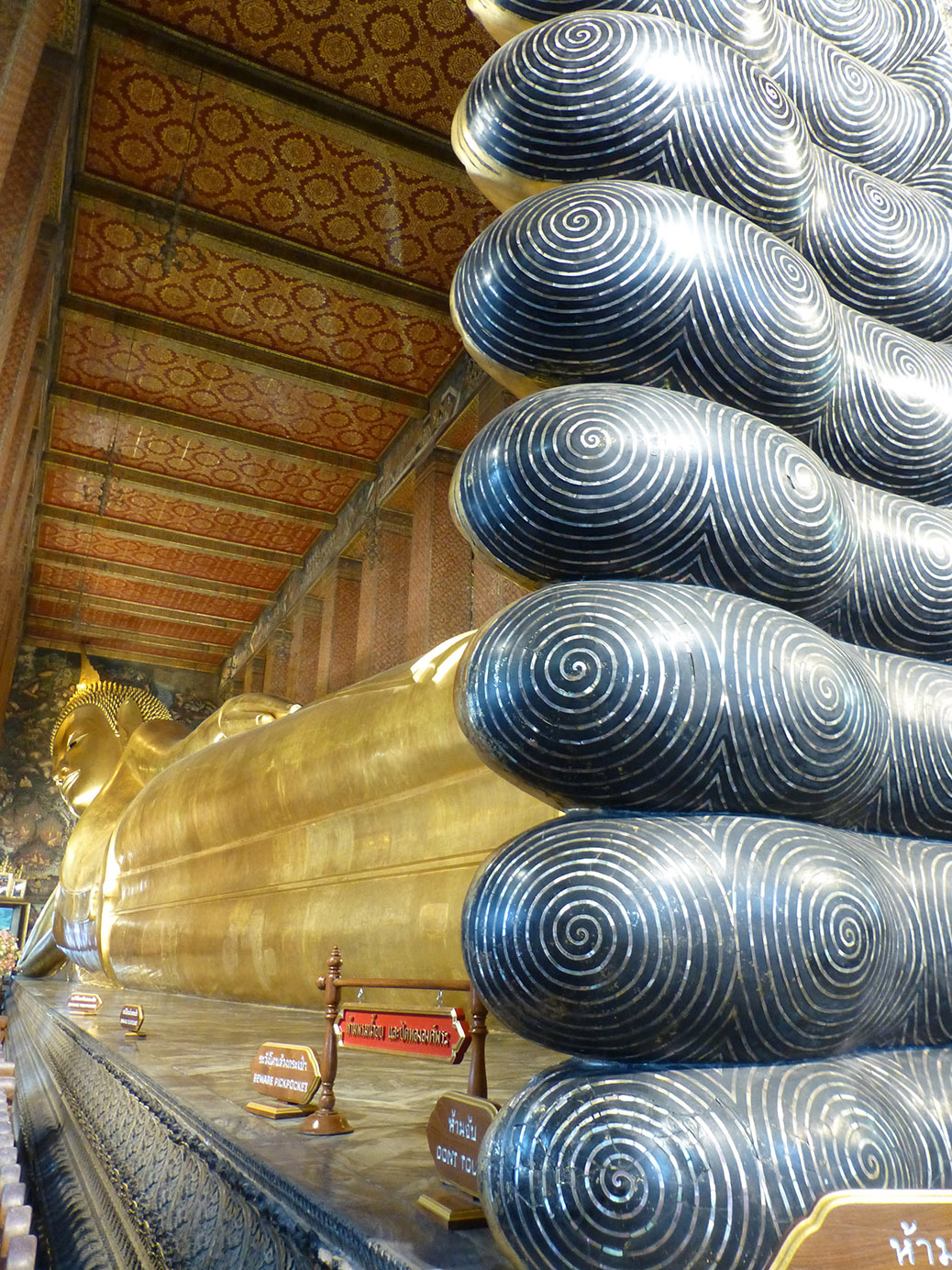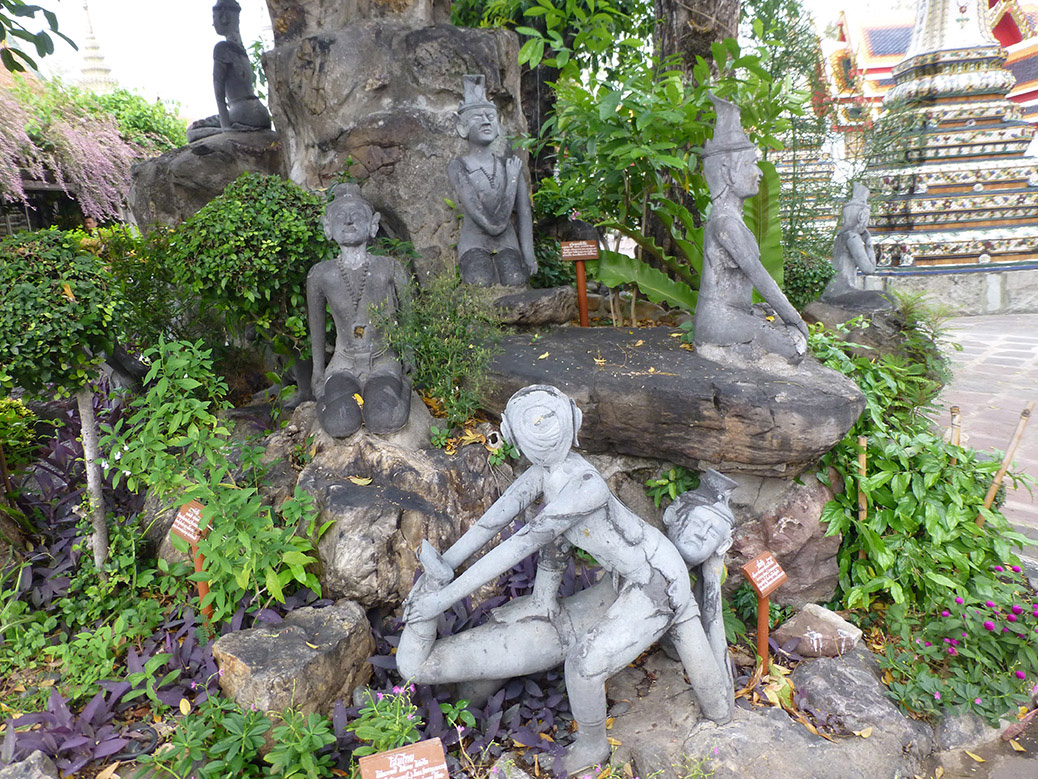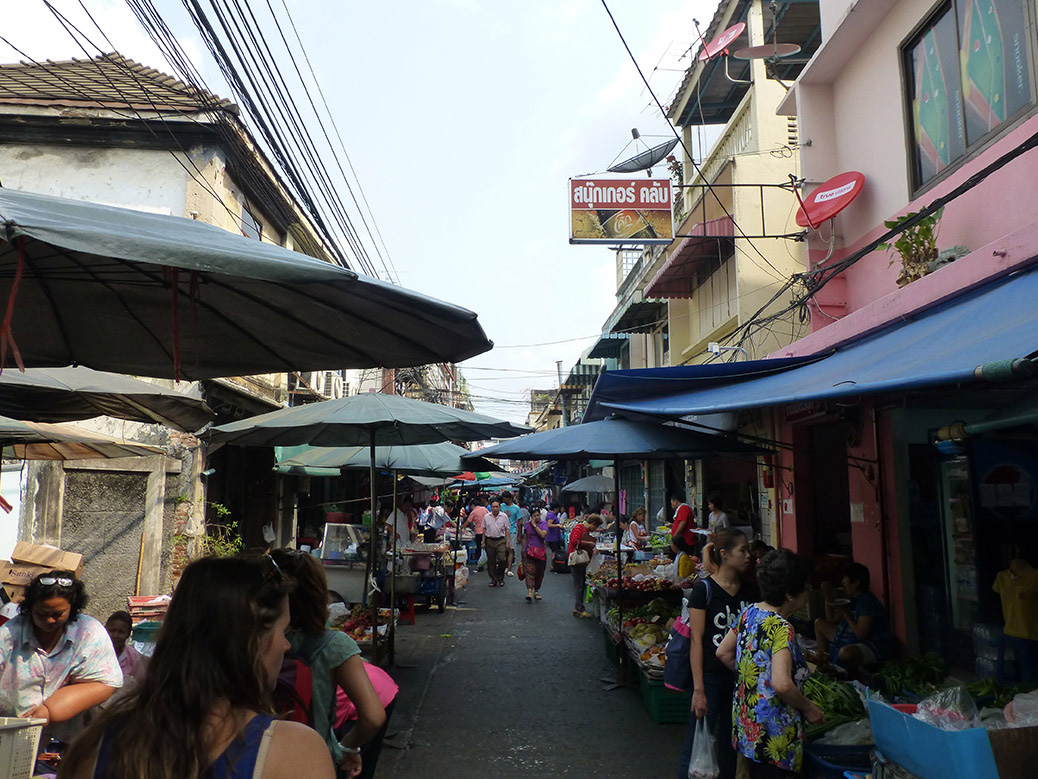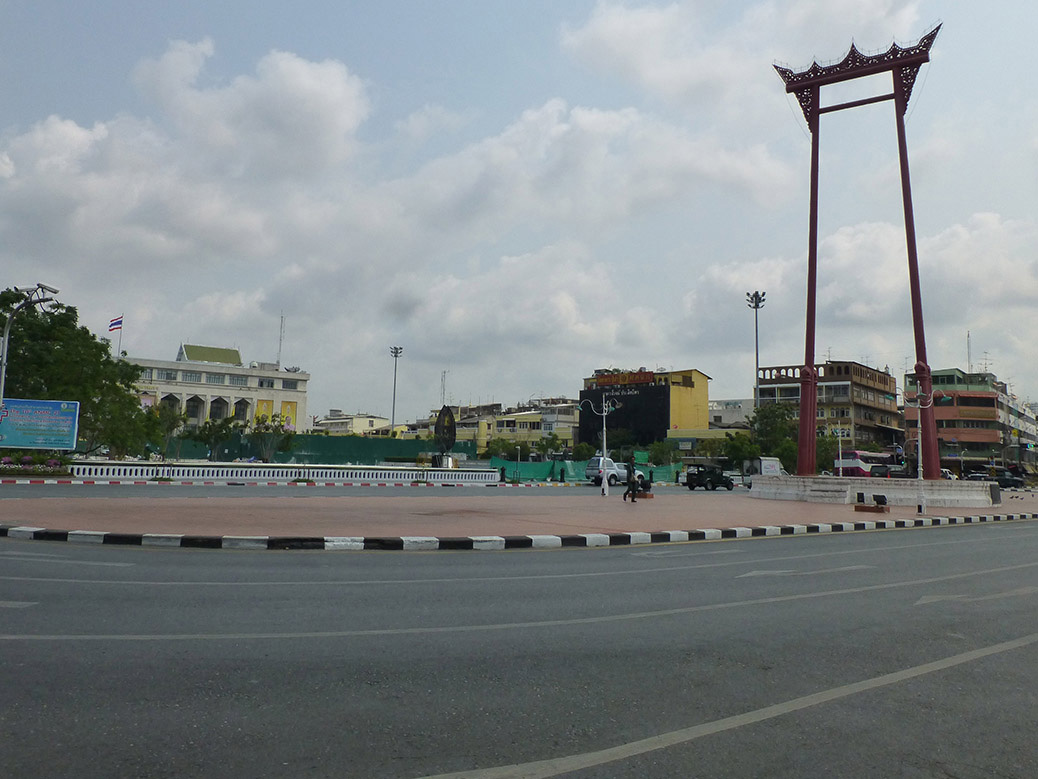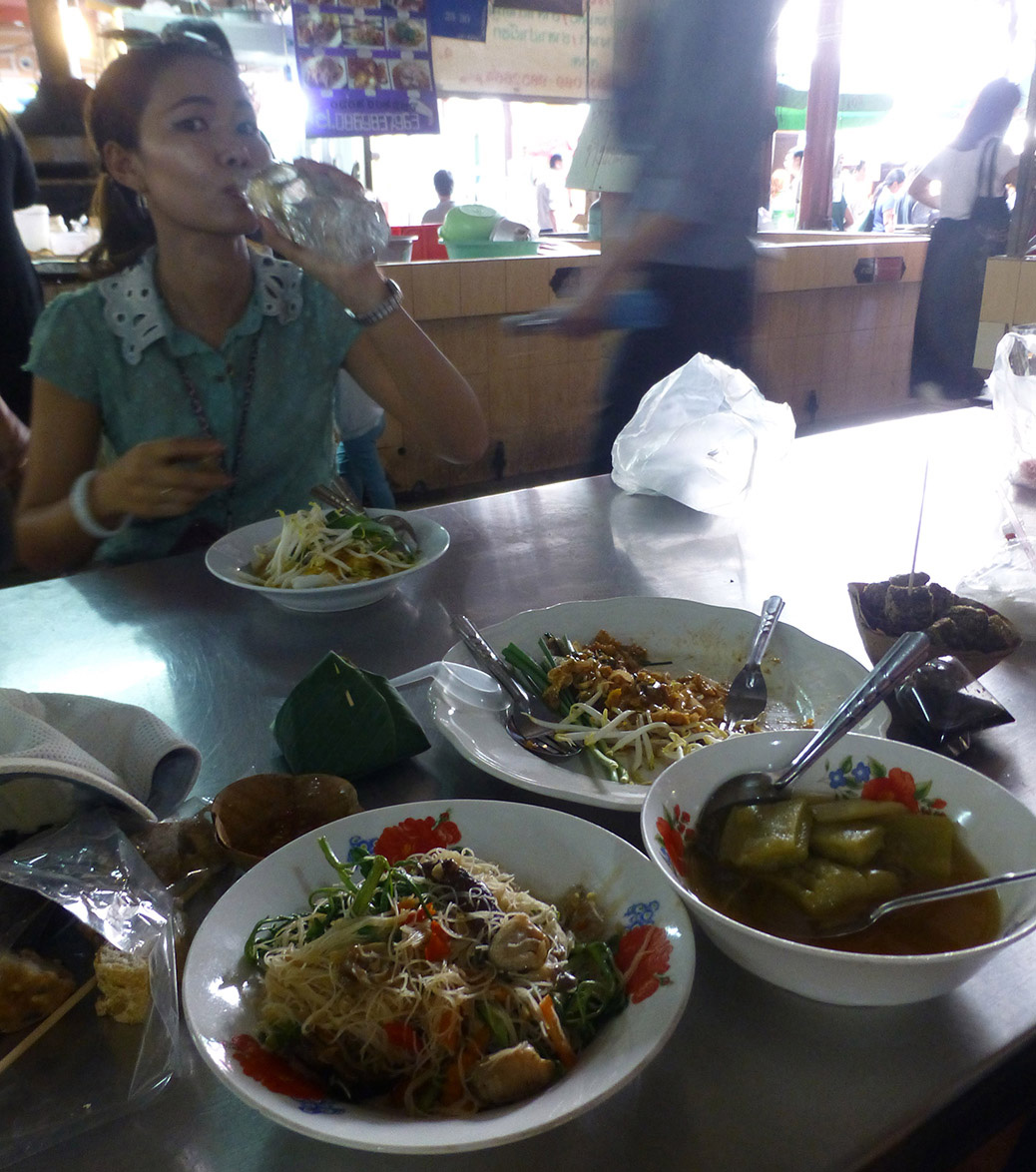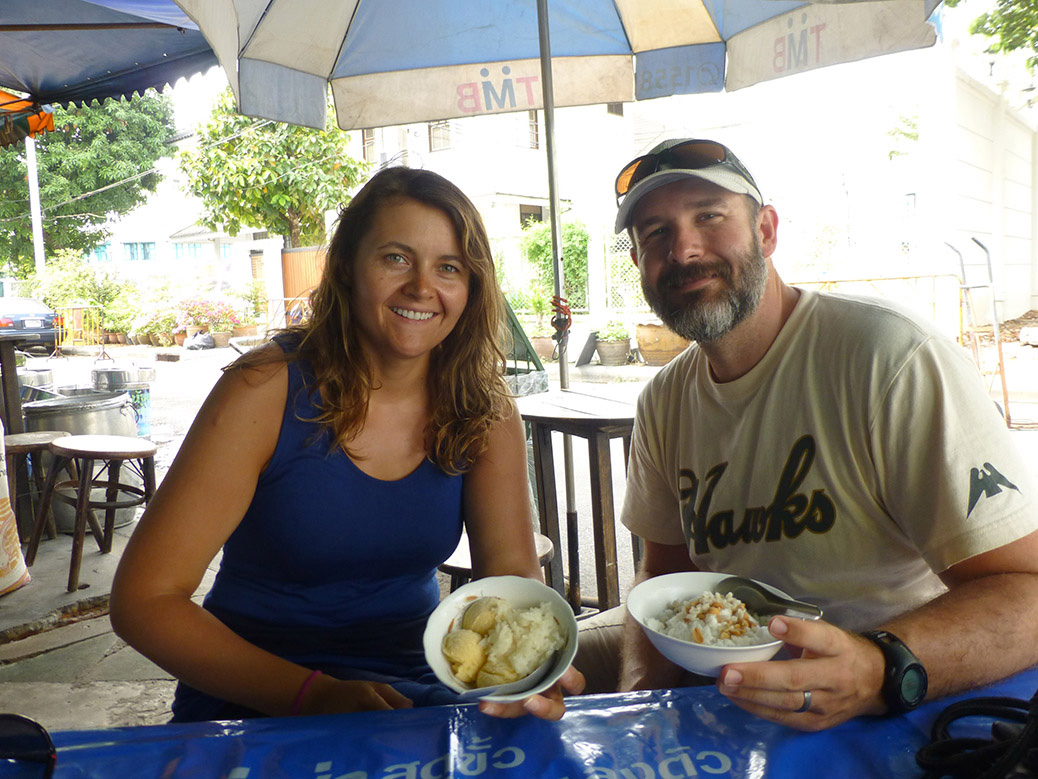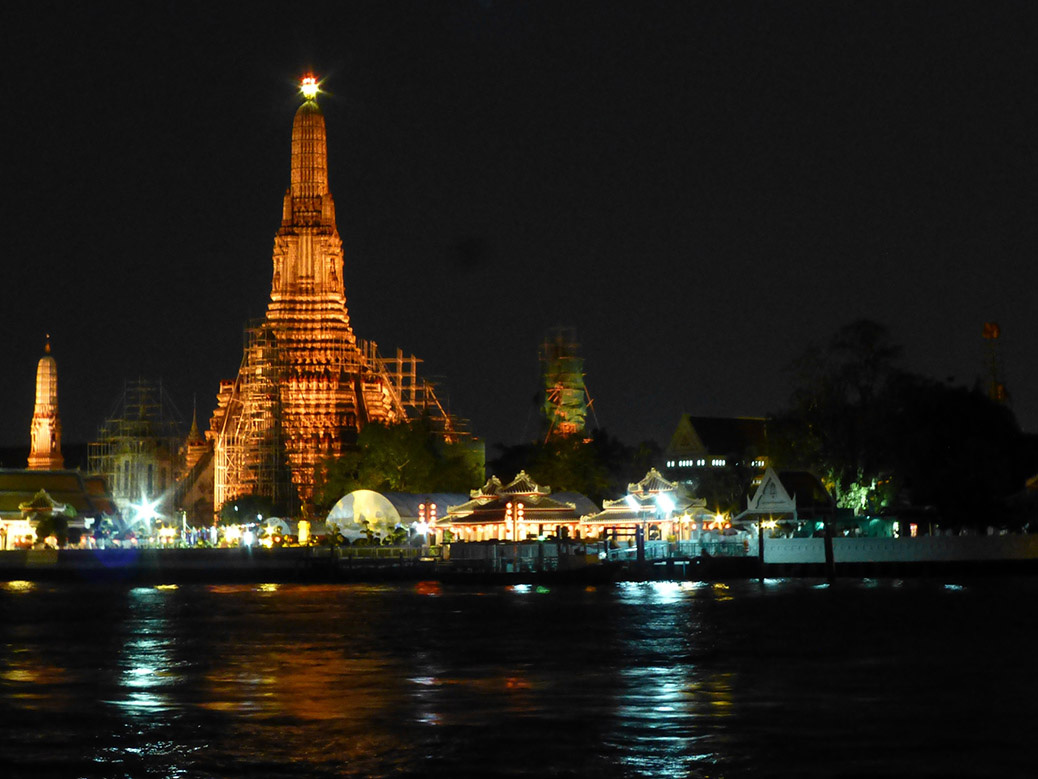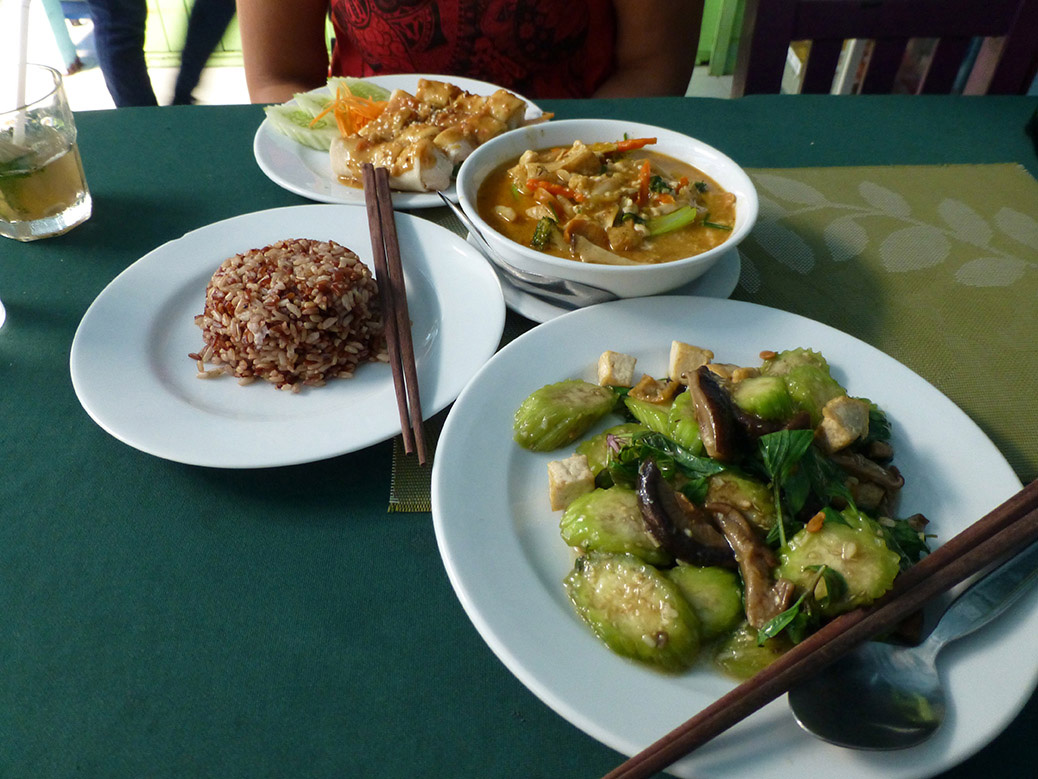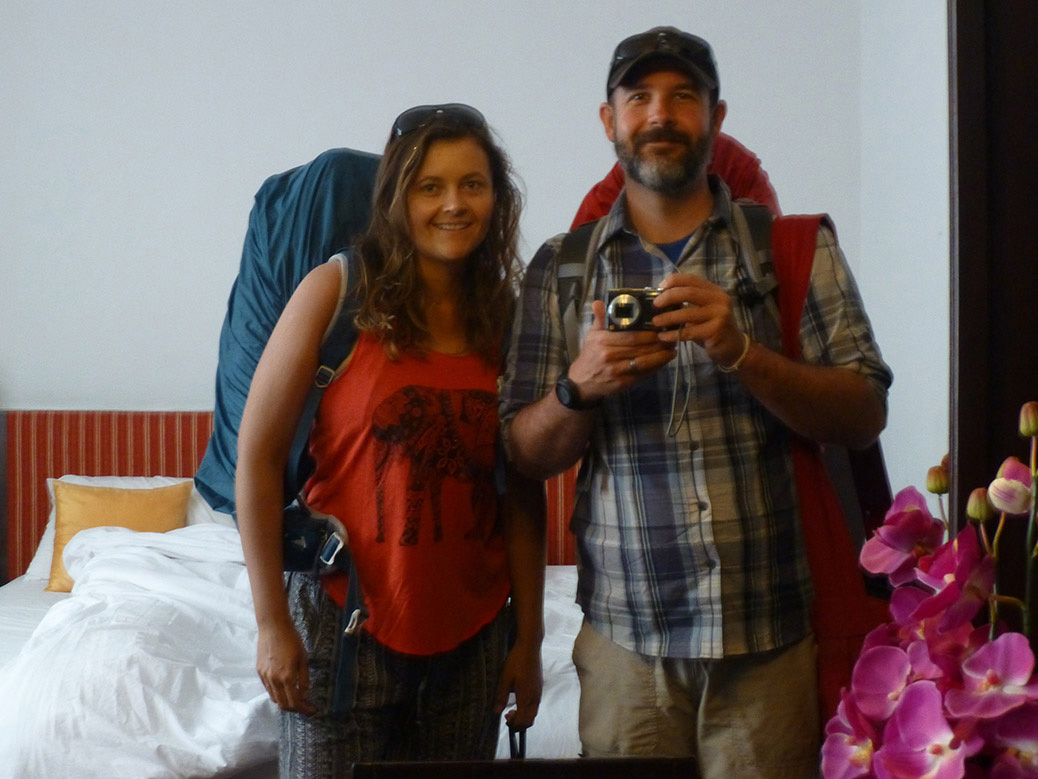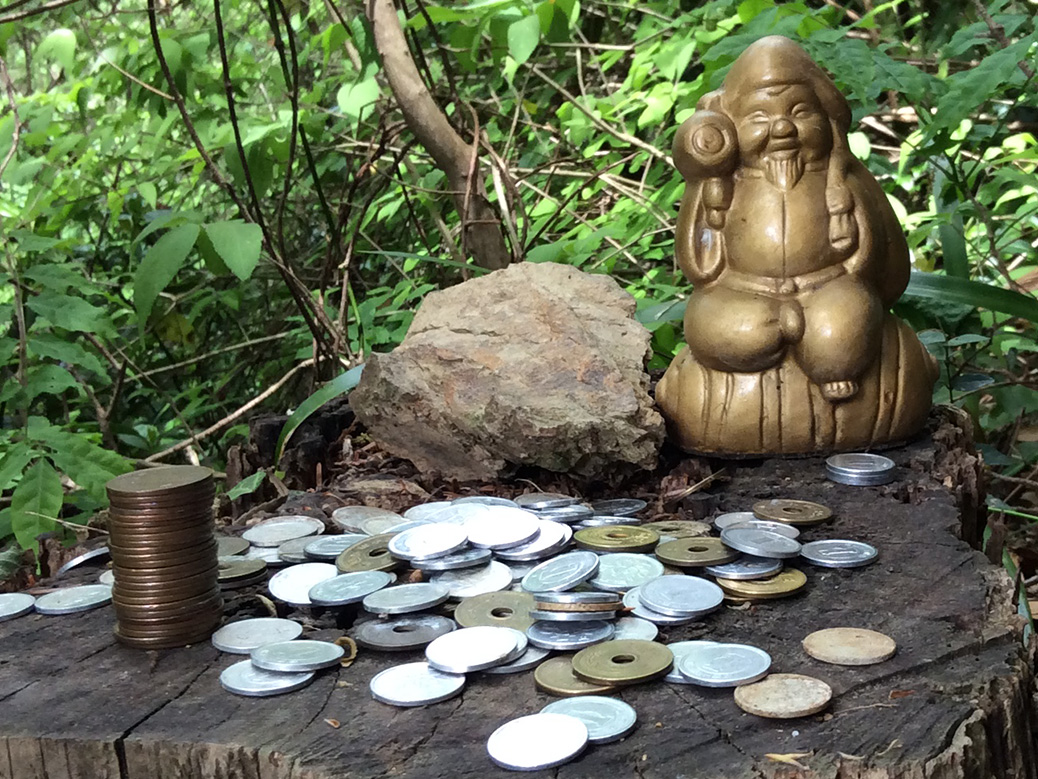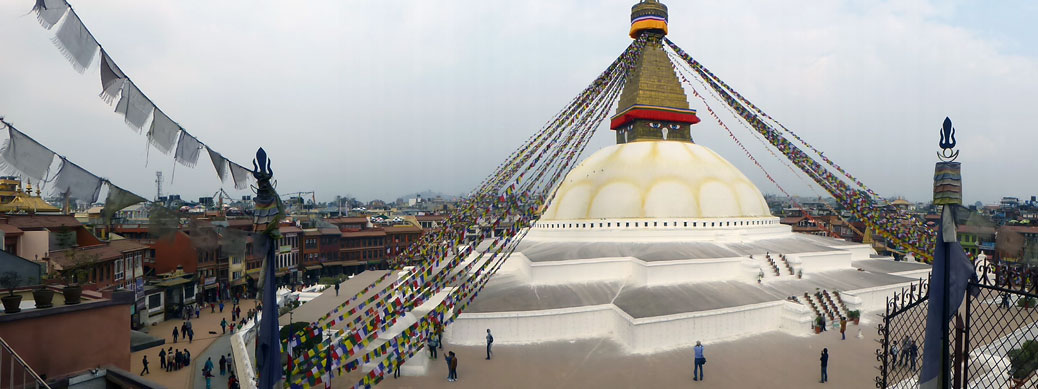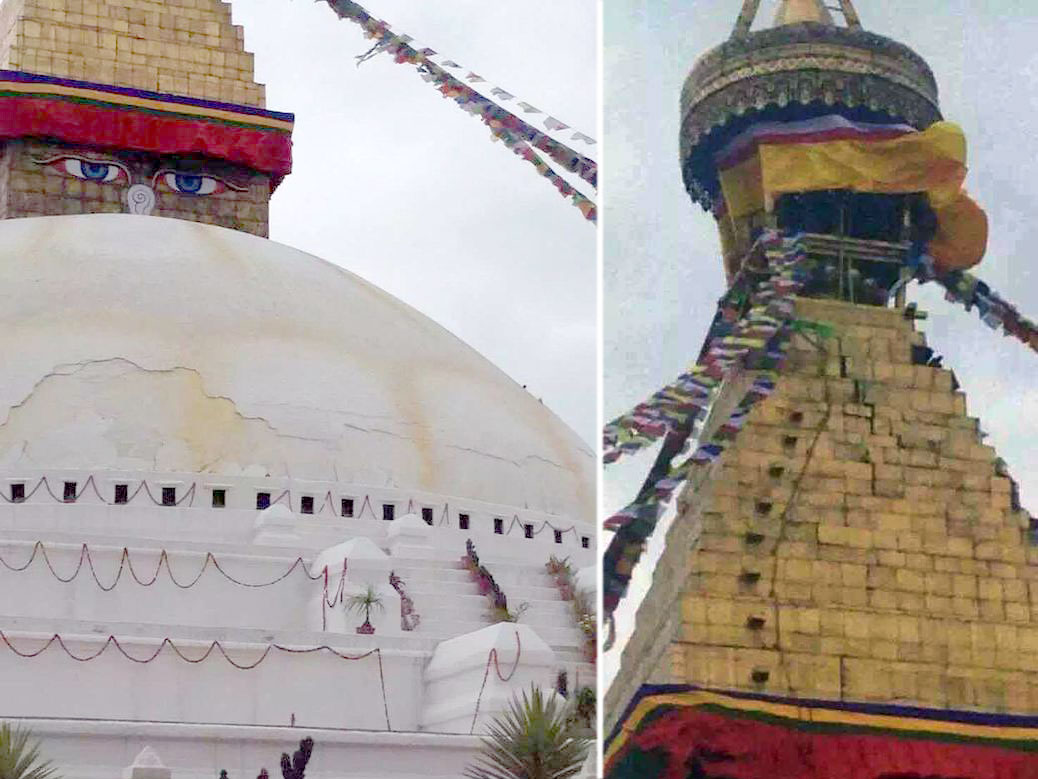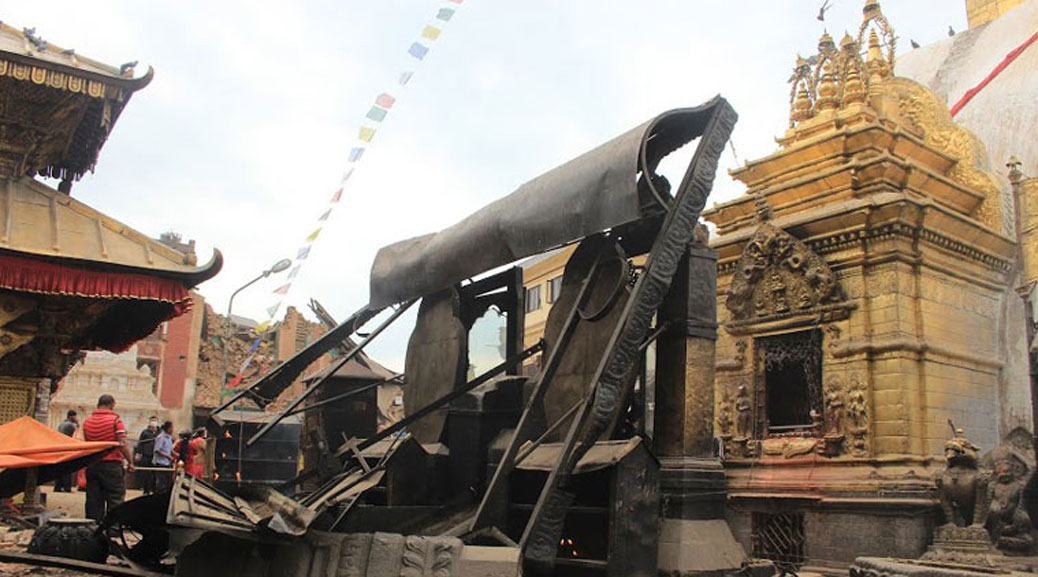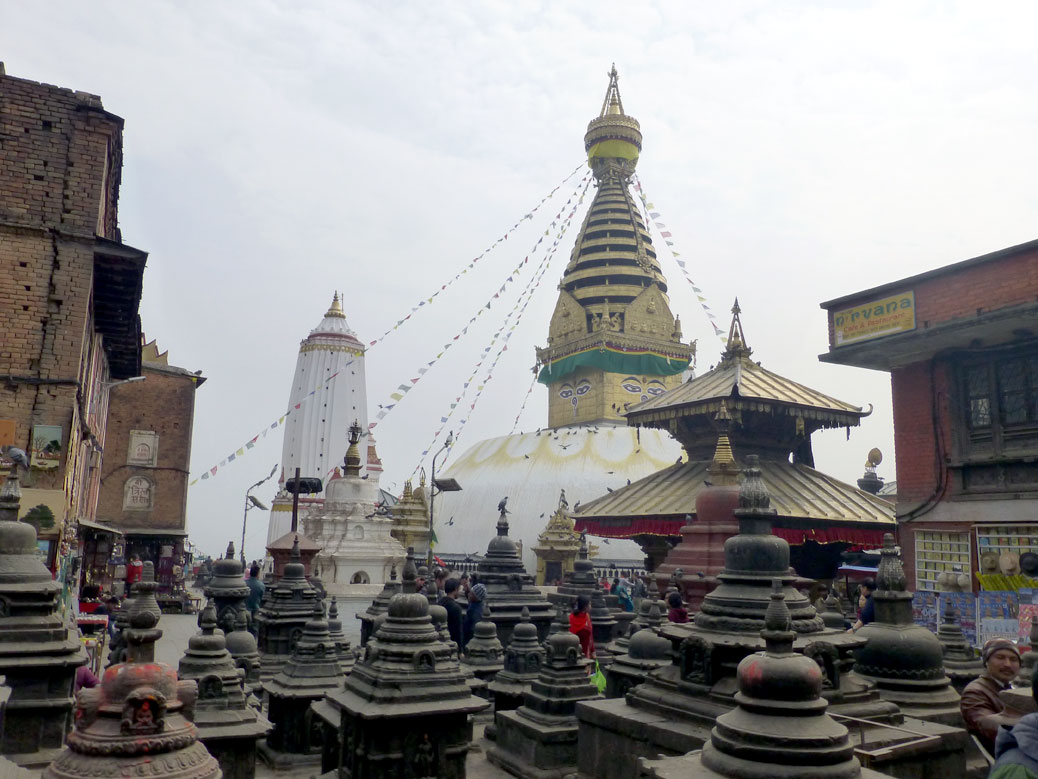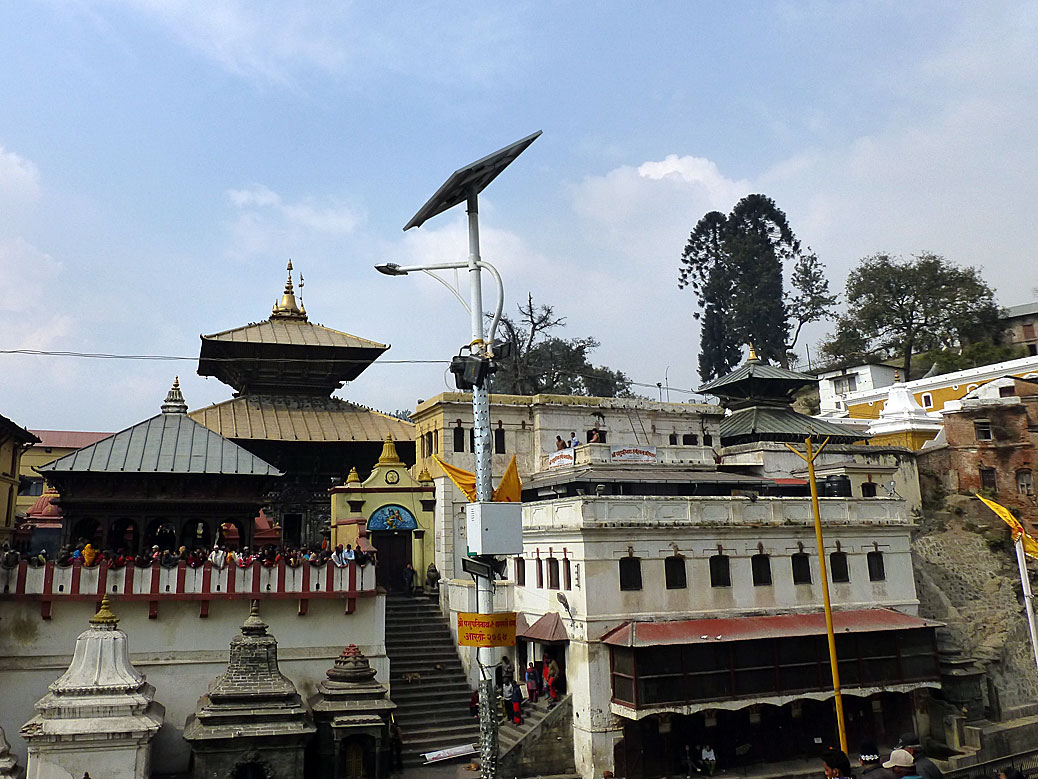Oregon has more than 220 breweries run by 170 companies in 70 cities all over the state. Pioneers like Widmer Brewing and Rogue Ales & Spirits have achieved national and international success. Craft brewing has put smaller cities like Hood River and Bend on the map. Home brewing is no longer just a hobby, but the potential beginnings of a successful company.
I’ve written about the burgeoning craft brewing industry in Japan. In a landscape dominated by four major beverage companies, artisans are beginning to break into the market with beers inspired by American, German and Belgian styles.
I love to try new beers, so I have a hard time remembering what I’ve had, what I liked or why I liked it. This beer journal is more to spark my own memory, but maybe it will introduce you to something new as well. Bookmark this page and check back often for updates and feel free to share your own favorites in the comments section.
New reviews for July 2016
- Imperial Pelican Ale (Pelican Pub and Brewery, USA)
- Old Fearless No.1 Barley Wine (Fearless Brewing Co., USA)
- Freya IPA (Fearless Brewing Co., USA)
- Midnight Ride Black IPA (Dick’s Brewing Co., USA)
- Down Under IPA (pFriem Family Brewers, USA)
- Whoopty Whoop Wheat (Wild Ride Brew, USA)
- EHOP Amber Ale (Deschutes Brewery, USA)
- Chili Beer (Calapooia Brewing Co., USA)
Rating system: ★★★ Would Drink Again ★★ It Was OK ★ Skip It
Japan
Abashiri Beer
Abashiri, Hokkaido
Prison Stout (Kangoku no Kuro)
IBU: N/A ABV: 5.5% ★★ (September 2015)
The initial nose was promising with hints of chocolate and malt. The first sip was a little iffy as the alcohol flavor overwhelmed, but after it sat for a few minutes, it settled down into a decent light stout. Maybe the best description is a beer-flavored cola?
Okhotsk Blue Draft
IBU: N/A ABV: 5.0% ★ (October 2014)
In a bottle from Inageya. I so wanted to enjoy this because it’s blue (from blue seaweed) and uses iceberg water from the Sea of Okhotsk. But that’s all it has going for it. Light, bubbly and a hint of something resembling the flavor of beer.
Baird Beer
Izu, Shizuoka
Jubilation Ale
IBU: 28 ABV: 8.0% ★★★ (December 2015)
In a bottle from Goodbeer. Baird’s Christmas offering uses Japanese figs and cinnamon from the nikki tree to create a sweet Scottish-style ale. Rich malt flavor. Delicious!
Maris Otter 50 ESB
IBU: 40 ABV: 6.2% ★★★ (November 2015)
On tap at Shizuoka JALT conference of all places. Baird seasonal celebrating the 50th anniversary of Maris Otter malt variety. Low carbonation with a nice bready-malt flavor from the Maris Otter and a rich, floral hop profile from English East Kent Golding hops.
Angry Boy Brown Ale
IBU: 45 ABV: 7.0% ★★★ (November 2015)
On tap at Shizuoka JALT conference. I’d drink this all day! Nice combination of fruit and malt. Medium-to-full body. Perfect.
Chateau Kamiya
Ushiku, Ibaraki
Cranberry Lager
IBU: N/A ABV: 3.0% ★★★ (September 2015)
On tap at the 2015 Keyaki Autumn Beer Festival. The Ibaraki-based brewery/winery/gardens offered a little palette cleanser in the form a seasonal 3% ABV Cranberry Lager. Light, tasty, fruity… everything you’d expect from a 3.0% ABV beer with “Cranberry” in the name.
Coedo Brewery
Kawagoe, Saitama
Shiro Hefeweizen
IBU: N/A ABV: 5.5% ★★ (June 2015)
The Shiro (Japanese for “white”) is a light-colored Hefeweizen, although its nutmug-y spice on the mid-tongue is more reminiscent of a Belgian-style ale. A selection of sweet yeasts give it a nice cloudy appearance and, despite it’s light color, it’s cloudy enough that you can’t see through it. It’s not my favorite from Coedo’s line, but it’s one of the better Japanese hefeweizens I’ve tried.
Ginga Kogen
Nishiwaga, Iwate
WeisenBock
IBU: N/A ABV: 6.0% ★★★ (December 2015)
Winter seasonal, purchased in can at Yamaya. Belgian-style spiced beers are kind of GK’s thing, but this one really worked. It poured a nice cloudy golden color. The orange/citrus and banana notes came off the aroma and in the initial flavor before the malts and spicy flavors took over.
Extra Pale Ale
IBU: N/A ABV: 5.0% ★★★ (September 2015)
Limited series from GK. Big grapefruit flavors that gave way to the typical pine resin flavor of a traditional IPA. Easily my favorite from the GK line. Excellent and very drinkable.
Hokkaido Brewing
Otaru, Hokkaido
Melon Ale
IBU: N/A ABV: 5.0% ★★★ (July 2015)
A lot of times, fruit beers only vaguely resemble the fruit with which they’re named. Not so for Hokkaido Brewing’s Melon Ale. It tastes like cantaloupe. It smells like cantaloupe. It even pours a bright orange, the same color of canteloupe. It’s sweet, the “ale” part takes a back seat to the fruit. It is unabashedly a melon beer. HB’s Peach Wheat and Lemon varieties follow the same pattern with the same result.
Ise Kadoya Brewery
Ise, Mie
Imperial Red Ale
IBU: 85 ABV: 6.3% ★★★ (December 2015)
In a bottle, part of the BeerTengoku prize pack. Poured a deep reddish-brown. Rich flavors with deep malts and a nicely balanced hop profile. It’s heavy, geared more toward a beer enjoyed with a meal. Very good.
Iwate Kura Beer
Ichinoseki, Iwate
Pumpkin Ale
IBU: N/A ABV: 5.0% ★★ (December 2015)
In a bottle from Goodbeers. A good blonde ale with plenty of sweetness provided by the kabocha (Japanese pumpkin). But I like my pumpkin beers to taste like pumpkin pie (see Elysian’s Night Owl). I know it’s not for everyone, but that’s my preference. This one is good for a blonde ale, not as good as a pumpkin ale.
Red Ale
IBU: N/A ABV: 5.0% ★★★ (December 2015)
In a bottle, part of the BeerTengoku prize pack. Poured a deep red bordering on black. Rich malt and citrus flavors with strong notes almost like coffee. Really enjoyed this.
Kuro Kura Stout
IBU: N/A ABV: 7.0% ★★★ (November 2015)
Purchased in a can. Nice dark pour with a rich roasted flavor. Coffee and chocolate notes and a thick, creamy mouthfeel. Even at 7% ABV, the flavor of the alcohol is not as prominent as it is in a typical stout. Delicious!
Izu Kogen Breweries
Ito, Shizuoka
Kuro Stout
IBU: N/A ABV: 5.0% ★★ (July 2015)
Had both on tap at the brewery and in a bottle. Out of the bottle, the nose and flavor profile was much stronger than on tap at the brewery. Strong, roasted coffee notes and maltiness gave way to a lighter flavor more akin to a porter—a common thread in Japanese-brewed stouts. In the end, it suffered the same fate as the sampler did with the carbonation going flat about halfway through the glass, turning a pretty good beer into an average one.
Amagi-Goe Altbier
IBU: N/A ABV: 8.0% ★★ (July 2015)
Had both on tap at the brewery and in a bottle. A special 18th anniversary version of its Amagi brand. I’ve not tried the original Amagi, but by all accounts the only real difference is the ABV jumps from 5 percent to 8 percent. It has a rich, malty flavor with a slight hop bitterness and the strength of the ABV gives it nice body. It was just as good in the bottle as out of the tap. I’d drink it again, but wouldn’t go out of my way to find it. Good not great.
Yamamomo
IBU: N/A ABV: 5.0% ★★ (July 2015)
Part of a sampler at the brewery. The yamamomo, or bayberry, is one of Ito’s meibutsu (regional famous product) and can be found in soda, juice, candy and yes, even beer form. IK’s Yamamomo is a Belgian champagne-style ale. The flavor was mild, like a sour strawberry maybe? It was a little flat, but I think that was due to the small glass pour.
Amanatsu
IBU: N/A ABV: 5.0% ★★ (July 2015)
Part of a sampler at the brewery. The other unique item in the sample set was the Amanatsu (sweet summer) sparkling beer. The use of citrus concentrate gave it a mimosa-flavor with no real beer taste to speak of. Very tasty and unique.
Kinshachi Beer
Nagoya, Aichi
Red Miso Lager
IBU: N/A ABV: 6.0% ★★★ (September 2015)
In a bottle from Goodbeer. Just the word “lager” usually makes me think of a weak, mass-produced tavern beverage meant for poor college students. Craft brewers to the rescue! Using Nagoya’s famous akamiso (red fermented soybean paste) is more than novel exploitation of a local product. It adds a nutty complexity normally lacking in lagers. It pours a cloudy red with mild hints of malt in the nose. It’s clean tasting like a lager and goes down easy. Well done!
Kumazawa Brewing
Chigasaki, Kanagawa
Shonan Lemongrass Hopper
IBU: N/A ABV: 5.0% ★★★ (September 2015)
The Lemongrass Hopper looked intriguing, infusing local ingredients into what I knew would be a good beer base coming from the folks at Kumazawa. The lemongrass and wheat flavors really came through without being overpowering. Enjoyed at the 2015 Keyaki Autumn Beer Festival.
Miyajima Brewery
Hatsukaichi, Hiroshima
Itsukushima Ginger
IBU: N/A ABV: 4.5% ★★ (November 2015)
Purchased in a bottle on Miyajima. Strong ginger nose upon opening, but only a light ginger taste. It existed somewhere between a pilsner and a cider. Sadly, the carbonation dissipated quickly, leaving it flat. Decent but gimmicky and the flatness was disappointing.
Caramel Blonde
IBU: N/A ABV: 4.5% ★★★ (November 2015)
Purchased in a bottle on Miyajima. Unfiltered golden ale based on a traditional German recipe. Light and crispy flavor. I didn’t find as much sweetness as expected from the “carmel” part of the name, but it was an interesting and tasty blend of traditional German brewing methods and the creativity of Japan’s craft beer movement.
North Island Beer
Ebetsu, Hokkaido
Stout
IBU: N/A ABV: 7.0% ★★★ (December 2015)
In a bottle, part of the BeerTengoku prize pack. So happy to have a real stout! Coffee and roasted malt aroma with a nice amount of sour alcohol coming through in the flavor. Roasted flavors, chocolate in the finish. A well-rounded stout.
IPA
IBU: N/A ABV: 7.0% ★★★ (December 2015)
In a bottle, part of the BeerTengoku prize pack. Copper colored with a rich carmel mouthfeel. Great balance with more of a piney, bitter IPA profile, although some fruity notes are present. Best Japanese IPA I’ve had so far.
OH!LA!HO Beer
Toumi, Nagano
Captain Crow Extra Pale Ale
IBU: N/A ABV: 5.0% ★★★ (September 2015)
OH!LA!HO’s flagship is one of my favorite Japanese beers. Big grapefruit flavor with a peach-like profile mixed in that gave way to the typical pine resin flavor of a traditional IPA. Really drinkable and really enjoyable.
Outsider Brewing
Kofu, Yamanashi
Bandit Scottish Smoked Ale
IBU: 25 ABV: 5.0% ★★★ (September 2015)
The smokey flavor of the small-batch special came through right away, making me want to chase it with some gouda and bread! The more I drank, the less pronounced the smokiness; I’m not sure if I just got used to it or it dissipated. The smooth malty flavor stuck around for the duration. Enjoyed at the 2015 Keyaki Autumn Beer Festival.
Sankt Gallen Brewery
Atsugi, Kanagawa
Pineapple Ale
IBU: N/A ABV: 5.0% ★★★ (September 2015)
This didn’t taste much like pineapple to me. That said, it was a really nice ale. Light both in color and flavor, but with a sour profile thanks to the pineapple being fermented with the wort. Nugget and Cascade hops give it a little bite to toughen up the flavor. Very drinkable on a hot Japanese summer day.
Yokohama XPA
IBU: 48 ABV: 6.0% ★★ (September 2015)
Leaned more toward the pale ale end of the XPA spectrum. The flavor focused more on a traditional IPA hop profile, but without the bite. Mostly, I was disappointed that it went flat a couple sips after pouring. The flavor wasn’t good enough to make up for the flatness.
Suntory Limited
Osaka, Osaka
Craft Select Pale Ale
IBU: N/A ABV: 5.5% ★ (June 2015)
Suntory, one of Japan’s major beverage companies, is diving into the “craft” beer market with a series of non-lager beers. The CSPA isn’t terrible, but it has a long way to go to be considered a good beer, let alone a craft beer. The initial flavor is actually decent, although very muted in terms of hop profile—imagine pouring a lager in a glass that still had a sip of IPA in it. Sadly, it pours horribly. The beer is flat within minutes of popping the top.
Tamamura Honten Sake Brewery
Yamanouchi, Nagano
House IPA
IBU: 85 ABV: 8.0% ★★★ (December 2015)
In a bottle, part of the BeerTengoku prize pack. Rich IPA in the Imperial style. Subtle citrus flavors giving way to a nice balanced piney hop finish. A very sessionable IPA.
Tazawako Beer
Senboku, Akita
Kolsch
IBU: N/A ABV: 5.0% ★★ (June 2015)
I have a hard time judging Kolschs in general as they’re not one of my favorite genres. This one was quite good, the nose reminded me of vanilla frosting, maybe banana? There’s the slightest bit of spiciness, typical in Japanese beers brewed in the German style. The World Beer Awards named it the World’s Best Kolsch in 2013, which makes me feel a little bit guilty that I didn’t appreciate it as much as I’m supposed to. That’s the world of beer for you though—one man’s “World’s Best” is another man’s “Yeah, that was pretty good.”
Buna no Mori
IBU: N/A ABV: 5.0% ★★ (June 2015)
Buna no Mori (Beech Forest) is one of Tazawako’s seasonal options, an amber ale made with yeast from the sap of beech trees in Shirakami-Sanchi, a UNESCO World Heritage Site in Akita. The result is a light, sweet flavor from the yeast and a bit of a fruity flavor. While it presents more like a pilsner, it has a developed flavor, likely due to the extra time required to start the natural yeast. It’s an easy-drinking beer.
Tochigi Microbrewery
Utsunomiya, Tochigi
Shirasagi no Megumi
IBU: N/A ABV: 4.0% ★★ (December 2015)
Purchased in a bottle at Kawagoe Farmers Market. The bottle indicates it’s manufactured by Tochigi Microbrewery, but the internets tell a story of it being brewed by Preston Ale, a craft brewery that is an offshoot of a home furnishing company called Joyful Honda. To complicate things further, Shirasagi no Megumi is brewed in partnership with the Kaminokawa Organic Agriculture Promotion Council.
The actual beer features black rice and 100% organic malts. I expected a darker beer, but it poured out a cloudy pinkish color. I was also expecting some earthiness from the rice, similar to the Echigo Koshihikari Rice Lager, but instead it had the flavor profile of a saison—light, bubbly and slightly spicy. It was refreshing and would be better in the summertime, but was still enjoyable in early winter.
Minami-Aizu Happy Asparagus
IBU: N/A ABV: 5.0% ★★ (July 2015)
The amber, aged-malt brew uses asparagus grown in the Fukashima region of northeast Japan. I bought this from a street vendor at the Shitamachi Tanabata Festival. He told me to look at the bottom of the bottle, where small asparagus pieces could be seen floating inside. I didn’t expect much, but it was actually quite good. It reminded me of Calapooia Brewing’s Chili Beer minus the heat, but with a distinct vegetable flavor in a typical malty amber. If you stumble upon it, give it a go and support the farmers of Fukushima.
Uehara Shuzou Co. Ltd.
Nishikanbara, Niigata
Echigo Koshihikari Rice Lager
IBU: N/A ABV: 5.0% ★★★ (September 2015)
Made from Koshihikari rice, the most expensive grain in Japan. Really held its flavors coming right from the tap. The lager itself was very light and refreshing, but the rice gave it an earthiness that was surprisingly pleasant. Enjoyed at the 2015 Keyaki Autumn Beer Festival.
Usami Brewery
Ito, Shizuoka
Rhein (German Style)
IBU: N/A ABV: 5.0% ★★ (July 2015)
Usami uses a generic label for its bottles. The only designation as to what’s inside is printed on the cap. I was pleasantly surprised when it poured a deep caramel color with a thick white head. The maltiness came through both in its nose and in taste. It finished a little on the sweet side, but very pleasant. Good, not great, but enjoyable nonetheless.
Yo-Ho Brewing Co.
Saku, Nagano
Tokyo Black Porter
IBU: N/A ABV: 5.0% ★★★ (November 2015)
Pours thick with a lighter flavor than American porters. Roasted malt and bitter coffee flavors lead. Like many Japanese porters, feels like a “beer soda” but one of the better porters in Japan. Let it sit for about five minutes after pouring to let flavors develop.
Aooni IPA
IBU: N/A ABV: 7.0% ★★★ (November 2015)
Aooni was the first good IPA I found in Japan and remains one of my favorite drinking IPAs. It has a sweet fruity profile up front, but mellows out quickly into a light pine flavor that sticks around for the duration.
United States
10 Barrel Brewing
Bend, Oregon
S1nist0r Black Ale
IBU: 38 ABV: 5.4% ★★★ (June 2015)
10 Barrel’s S1nist0r Black Ale is one of my personal favorites despite its silly-spelled name. Inspired by German schwarzbier (black lager), it blends the flavor profile of a porter with the relative lightness of lager. Coffee and chocolate notes lead, but the black color itself comes from CARAFA black malts that don’t contain the bitterness that usually accompany black beers. They also chose Sterling and Perle hops, usually found in ales, lagers and kolschs, resulting in a less-fruity hop profile than many Oregon beers. One of my few “go-to” beers back home.
Apocalypse IPA
IBU: 70 ABV: 6.8% ★★ (June 2015)
The Apocalypse IPA—10BB’s flagship beer—brings nothing particularly special to the table, touting itself as the IPA for “everyday drinkers.” That said, it’s a quality IPA, with a mix of Amarillo, Centennial, Cascade and Horizon hops finishing more on the bitter side. Great for sitting by the campfire at the Bend pub on a winter evening.
Alameda Brewing
Portland, Oregon
Yellow Wolf Imperial IPA
IBU: 100 ABV: 9.2% ★★★ (May 2016)
In a 22 oz. bottle from Cheap Charlie’s (Gresham, OR). After trying the Lobo Amarillo, I had to see what the standard Yellow Wolf had to offer. Turns out it’s providing most of the Lobo’s flavor and the tequila-aging didn’t add a lot. In fact, the Yellow Wolf had an even better flavor and was super drinkable despite the high IPA and ABV. This is one of my new favorites!
Lobo Amarillo
IBU: 100 ABV: 9.2% ★★★ (May 2016)
In a 22 oz. bottle from The Bitter Monk (McMinnville, OR). Portland’s Alameda Brewing took its Yellow Wolf Imperial IPA and aged it in tequila barrels. There’s a body present thanks to the aging beyond that of a typical DIPA that gives way to a long, balanced hoppy finish. It doesn’t seem to take on a ton of the tequila flavor, but still adds a punch to an already punchy beer.
Block 15 Brewing
Corvallis, Oregon
Sticky Hands Hop Experience Ale
IBU: 110 ABV: 8.25% ★★★ (April 2016)
On tap at Block 15. The Corvallis brewery/laboratory’s latest experimental IPA is classified as a Hop Experience Ale, utilizing a double-amount of dry hops coupled with a nice blend of malts to create a robust, yet well-rounded beer. Well balanced with a slightly bitter aftertaste from all those hops.
Breakside Brewery
Milwaukie, Oregon
Toro Red Ale
IBU: 34 ABV: 6.3% ★★ (April 2016)
On tap at the brewpub. Lively and light red ale brewed with chilies that give it a nice body, but without the smoke or spice promised in the description. Still a really great amber, but if you’re looking for a typical chili beer, try the Chili Beer from Calapooia Brewing instead.
La Tormenta Dry Hopped Sour
IBU: 9 ABV: 6.0% ★★★ (April 2016)
In a 22 oz. bottle. Breakside can do no wrong! Bright flavor with a subtle hop profile giving way to a pleasant sour finish.
Salted Caramel Stout
IBU: 33 ABV: 7.9% ★★★ (March 2016)
In a 22 oz. bottle. A winter seasonal collaboration with the wildly-popular artisanal ice cream company Salt & Straw. A bold stout with sea salt and a custom-made caramel added before fermentation. The result is excellent! The blend of eight malts bring a nice, roasted chocolatey flavor to the forefront. A little bit of the sea salt lingers on the sides of the tongue at the end.
India Golden Ale
IBU: 60 ABV: 8.1% ★★★ (September 2015)
Originally brewed as a partnership with Eugene, OR’s Ninkasi Brewing and typically a spring seasonal, this double IPA gets tropical notes from Mosaic, Eldorado and Chinook hops while balancing the piney notes without overpowering. The 8.1% ABV was officially the death knell for our day at the 2015 Keyaki Autumn Beer Festival, but what a way to go!
Butcher’s Brewing
Santee, California
Mucho Aloha Hawaiian Pale Ale
IBU: N/A ABV: 5.6% ★★ (June 2015)
The nose is a very light floral hop provided by Cascade hops, usually one of my favorites. However, the flavor suffers a bit from being shipped in standard aluminum cans. I know that’s been a bit of a trend, but in the Mucho Aloha, it leaves a metallic taste that renders the palette flat. The light fruity flavors and Belgian-style spices do give it a refreshing mouthfeel. I can see how it’d be a nice option after a day on the beach, but hopefully I’ll find it on tap or in a bottle. The beer itself is good, not great, but the whole experience is knocked down a notch by the aluminum aftertaste.
Buoy Beer Co.
Astoria, Oregon
IPA
IBU: 70 ABV: 7.5% ★★ (March 2016)
In a 22 oz. bottle. The simply named Buoy IPA took some growing on me. It ended up as a nice, simple IPA without an overwhelming hop profile. With all of the super-complex IPAs I’ve had since returning to Oregon, it took a bit to appreciate this one for what it is… a flagship IPA. For a warm day on the Oregon Coast, it was an enjoyable beer and great for those transitioning into the IPA realm.
Calapooia Brewing Co.
Albany, Oregon
Chili Beer
IBU: N/A ABV: 5.5% ★★★ (June 2016)
In a 22 oz. bottle from Cheap Charlies. The name says it all. A northwest-style ale brewed with Anaheim, serrano, and jalapeno peppers. The chili flavor and an appropriate amount of heat come through nicely amidst a traditional, lightly-malted amber ale. Calapooia was our hometown brewpub for a few years and I loved this on draught with an order of nachos.
Coalition Brewing Co.
Portland, Oregon
Space Fruit IPA
IBU: 50 ABV: 7.0% ★★★ (April 2016)
In a 22 oz. bottle. A low-IBU IPA focused more on the citrus profile from the grapefruit. The hop flavor is light, but present. Bits of grapefruit are actually floating around in the bottle, which is rare in a bottled fruit beer, but appreciated. Very pleasant!
Coronado Brewing Co.
Coronado, California
Sock Knocker Imperial IPA
IBU: 90 ABV: 8.5% ★★★ (July 2015)
On tap at DevilCraft Kanda. The nose is a bright, piney IPA from the Simcoe hops. Amarillo and Columbus hops give the Sock Knocker a lively citrusy/floral flavor. Coupled with some fantastic Chicago-style deep dish pizza and illuminating conversation with a Japanese swordsmith, the Sock Knocker was the perfect end to a perfect Tokyo day.
Crux Fermentation Project
Bend, Oregon
Half Hitch Imperial Mosaic IPA
IBU: 80 ABV: 10.0% ★★★ (June 2015)
Named for the knot in the twine used to hold the hop vine to its trellis, the smell of the Mosaic hop hits you like a traditional IPA. However, the taste has a more tropical nose, with a lemon-leaning citrus flavor being the most prominent. Coupled with a higher level of carbonation, it feels a bit like a shandy on steroids—in the best possible way—despite the massive ABV. A very drinkable IPA.
Deschutes Brewery
Bend, Oregon
EHOP Amber Ale
IBU: 35 ABV: 7.4% ★★★ (July 2016)
In a 22 oz. bottle from Cheap Charlies. Proof that a big craft brewery can still make interesting beers, this collaboration with New England’s Harpoon Brewery is a malty amber ale reminicent of an Imperial IPA in profile. East coast hops, New England thyme and Oregon sage give this a savory, bi-coastal profile. A bit sweet up front with a thick, butterscotchy mouthfeel before sliding into a pleasant, slightly-bitter hop finish.
Dick’s Brewing Company
Centralia, Washington
Dick’s Midnight Ride Black IPA
IBU: 65 ABV: 7.5% ★★★ (July 2016)
In a 22 oz. bottle from Cheap Charlies. A small-run from a CDA pioneer to celebrate the brewery’s 20th anniversary. The dark malt comes through like a porter before a great hop comes through. I’d almost call it an Imperial CDA with all of the ramped-up flavors. Really enjoyable!
Ecliptic Brewing
Portland, Oregon
Helix Hoppy Lager
IBU: 55 ABV: 5.8% ★★★ (May 2015)
The lightness of a lager with the boldness of an IPA, Ecliptic’s Helix Hoppy Lager is a perfect summer beer. The Jarrylo and Citra hops give a light and fruity profile with a hint of spice. The hop flavor is pronounced yet smooth with no bitterness. Helix pours a copper color leaning toward gold. Ecliptic describes it as “crisp” but it did still have a “heavy” feel to me from the hops. A single 22 oz. bottle was plenty for one sitting, but I’d definitely drink it again.
Elysian Brewing Co.
Seattle, Washington
Hawaiian Sunburn Pineapple Habanero Sour
IBU: 9 ABV: 5.3% ★★★ (April 2016)
In a 22 oz. bottle from The BeerMongers. I’m mixed on the number of stars for this one. If you simply handed me this beer with no description, I’d say it was a super tasty, light-bodied fruit beer. However, when described as a pineapple habanero sour, I felt like it misrepresented itself a bit. The pineapple comes off more citrusy, but once you know it’s pineapple, the flavor comes out a bit. Habanero peppers have such a distinct flavor and heat, neither of which come through much. If you swish it about, a very light heat will sort of appear on the tongue. It does finish sour, so there’s that! So, good beer but not quite as advertised.
Night Owl Pumpkin Ale
IBU: N/A ABV: 6.7% ★★★ (September 2015)
The Night Owl is how I want pumpkin beer to taste—like someone dumped a pumpkin pie into a good quality ale. Elysian uses 150 lbs. of pumpkin in each batch and flavor it with traditional pumpkin pie spices. The result is magic. Enjoyed at the 2015 Keyaki Autumn Beer Festival.
Everybody’s Brewing
White Salmon, Washington
Sprinkles Red Sour Ale
IBU: N/A ABV: 4.5% ★★★ (May 2016)
In a 22 oz. bottle from Capital Market. An American red sour ale brewed with hibiscus flowers. It pours a beautiful pinkish-red. I’m sure it smells great, but with all the allergies, who knows! The sour hits right off the bat, but not overwhelming. Reminiscent of a white wine finish. Great beer for the warm days ahead!
Fearless Brewing Co.
Estacada, Oregon
Old Fearless No.1 Barley Wine
IBU: N/A ABV: 9.0% ★★ (July 2016)
On draught at Fearless Brewing Pub. A strong seasonal, the alcohol flavor is most present at first taste. An almost syrupy malt flavor shines through for the rest. A good, strong beer, but that first whack of alcohol flavor knocks it down a notch for me.
Freya IPA
IBU: N/A ABV: 6.9% ★★★ (July 2016)
On draught at Fearless Brewing Pub. A two-and-a-half star beer. A nice, balanced just-past-sessionable IPA featuring Mosaic hops. It plays a little one note, although it’s a good note. The finish could be a little more on the citrus end. A pretty good IPA.
Flat Tail Brewing
Corvallis, Oregon
Dam Wild Marionberry and Pink Peppercorn
IBU: N/A ABV: 4.0% ★★★ (May 2016)
In a 22 oz. bottle from Cheap Charlie’s. Part of Flat Tail’s Dam Wild series featuring beers using its proprietary sour blonde base. The Marionberry is a blackberry developed by nearby Oregon State University in the 1940s and makes up 90 percent of Oregon’s blackberry market today. The sour yeast is the big player here, with the Marionberry providing a pinkish-purple color and a bit of fruitiness. I don’t get much of the peppercorn, but it’s a “dam” fine sour.
Bulletproof Zest Session IPA
IBU: N/A ABV: 4.8% ★★★ (April 2016)
In a 22 oz. bottle from The BeerMongers. A very drinkable session IPA. The nose is quite hoppy, but the beer itself is well-balanced. Light citrus notes finish with an almost banana quality.
Full Sail Brewing Co.
Hood River, Oregon
Slipknot IPA
IBU: 80 ABV: 7.0% ★★★ (March 2016)
In a 22 oz. bottle. An excellent beer from one of my favorite breweries. The Slipknot is part of the winter small-release Brewmasters Reserve collection. It’s a typical Northwest IPA, but with all of the flavors turned up to 11. A great blend of dry hops give it a nice balance between big citrus and slightly-bitter pine flavors. The body is pumped up with a spicy malt blend. Not very sessionable, but great for those one-beer nights!
Gigantic Brewing Co.
Portland, Oregon
Ginormous Imperial IPA
IBU: 100+ ABV: 8.8% ★★★ (April 2016)
In a 22 oz. bottle. Amazingly drinkable considering the high IBU and ABV. The hop blend is mellow with a strong malty finish.
Good Life Brewing Co.
Bend, Oregon
Descender IPA
IBU: 70 ABV: 7.0% ★★★ (April 2016)
In a 12 oz. can. We bought a six-pack of Descender for a picnic at the coast. A traditional Northwest-style IPA, the hop profile is most prevalent, tending toward a more piney and bitter flavor, yet light enough to enjoy on a warm day with some nice aromatic hops mixed in.
Great Notion Brewing
Portland, Oregon
Juice Jr. Session IPA
IBU: 35 ABV: 5.0% ★★ (April 2016)
On tap at the brewpub. A sour IPA? Light session IPA heavy on the citrus flavors and light on the hop profile. Good, but not something I’d track down again.
Señor Blanc
IBU: N/A ABV: 7.0% ★★★ (April 2016)
On tap at the brewpub. A creative saison brewed with Sauvignon blanc grapes, kiwi and pear, then aged in oak barrels with Great Notion’s signature sour culture. It comes across closer to white wine than beer, but more refreshing!
Blueberry Muffin
IBU: N/A ABV: 5.0% ★★ (April 2016)
On tap at the brewpub. As advertised, a tart fruit beer made from aged blueberries. The nose is pure fresh-baked blueberry muffin finishing with a bold blueberry flavor and a sour finish. Not very beer-y, but the achievement of the concept is admirable.
Hair of the Dog Brewing Co.
Portland, Oregon
Blue Dot Double IPA
IBU: 80 ABV: 7.0% ★★★ (April 2016)
In a 22 oz. bottle. One of our favorite DIPAs, Pilsner malts give it a light feel while rye malts bring a complexity before giving way to a bold, yet balanced hop profile. A sweet, almost butterscotch finish rounds out a near-perfect beer. Even at 7% ABV, it’s a very sessionable IPA.
Hop Valley Brewing
Springfield, Oregon
Citrus Mistress IPA
IBU: 80 ABV: 6.5% ★★★ (March 2016)
Purchased in a 22 oz. bottle. With a name like Citrus Mistress, I expected a bolder citrus flavor than the subtle hint that came through. The four-hop blend brought a more typical bitter hop flavor to the front. While the citrus part didn’t deliver, it was still an excellent Northwest-style IPA.
Vanilla Infused Porter (VIP)
IBU: 50 ABV: 5.9% ★★★ (September 2015)
The last of the beers Viktoria brought back from Study Tour, VIP is one of my favorites from back home. The flavor profile reads more like ice cream than beer: vanilla beans, bittersweet chocolate… the flavors play well although the body is a little thinner than most porters.
Alpha Centauri Imperial IPA
IBU: 100 ABV: 9.0% ★★★ (June 2015)
Despite 100 IBUs worth of Oregon hops and 9 percent ABV, the flavor is very fresh, slightly fruity with pine playing a major role. It’s an impressive feat to pull of a bitter IPA without being obviously bitter. The hop balance delivers a very smooth and refreshing finish. Fantastic!
Hopworks Urban Brewery
Portland, Oregon
Pig War White IPA
IBU: 60 ABV: 6.0% ★★★ (May 2016)
In a 16 oz. can. HUB’s summer seasonal is a wheat-infused IPA that pours a bright, cloudy orange. Willamette hops give it a fruity, citrus profile. The light, balanced flavor is perfect for summer.
Mash Tun Time Machine English Winter Ale
IBU: 56 ABV: 6.6% ★★★ (May 2016)
On draught at the Powell Street taphouse in Portland, OR. An accidental pour (I ordered the Secession CDA, but the tap had changed unbeknownst to our beerista), but a happy surprise. The flavor profile with chocolate malts and a mellow hoppy finish was close enough to the Secession that I didn’t realize it until I noticed the brown color instead of the black hue. I found myself drinking my way through it much more quickly than usual. A nice beer for not just winter, but anytime.
Knee Deep Brewing Co.
Auburn, California
Midnight Hoppyness Imperial Black Rye IPA
IBU: 100 ABV: 9.4% ★★★ (April 2016)
In a 22 oz. bottle from The BeerMongers. Labeled as a black rye IPA, but like a CDA on steroids. The chocolate nose is followed by a deep malt flavor that comes off like a bourbon barrel-aged ale—bold and syrupy. The hop profile comes through as the malt wears off. The name is probably intended to represent the darkness of the beer, but I think it’s due to the fact I’ll be up until midnight sipping away at this beast!
Laurelwood Brewing Co.
Portland, Oregon
Green Elephant IPA
IBU: 70 ABV: 7.0% ★★★ (June 2015)
A typical Northwest-style IPA, the malt flavor is light, but noticeable. The hop combination is flawless, with Cascade, Ahtanum, Amarillo hops providing a light, citrus finish to the heavier pine resin flavor of the Nugget hop. The flavor profiles more toward spring than summer though, with an almost grassy flavor that’s just warm enough for a cool spring evening, but dry enough to enjoy on a warm summer day.
Lompoc Brewing
Portland, Oregon
Pamplemousse Citrus IPA
IBU: 70 ABV: 5.8% ★★★ (March 2016)
Reminiscent of the Widmer Hopside Down in its flavor profile. A four-hop blend with grapefruit juice gives it a more citrus-y finish. A nice, sessionable beer.
Mazama Brewing
Corvallis, Oregon
Pyroclastic Porter
IBU: 35 ABV: 5.0% ★★★ (June 2015)
It pours a rich black and starts with a traditional malty porter profile, but then the smooth bittersweet cocoa flavor slides over you. Mid-tongue, it’s reminiscent of a Coca-Cola with a bright, slightly-acidic mouthfeel. It screams to be served with dessert—maybe chocolate cake or even over a couple scoops of vanilla ice cream.
McMenamins
Portland, Oregon
Ruby Ale
IBU: 53 ABV: 5.0% ★★★ (April 2015)
In a 22 oz. bottle from The Blue Moon Tavern. McMenamins operates 25 brewpubs around the Pacific Northwest, the majority in historic buildings that have been renovated while maintaining their original appearance whenever possible. One of McMenamins’ standards is the Ruby, a raspberry pale ale perfect on a hot summer day. The fruit comes through in the nose and strong in the first sip before giving way to a sour finish. While classified as a pale ale, the fruit saps most of the dankiness typically associated with the style.
Migration Brewing
Portland, Oregon
Straight Outta Portland IPA
IBU: 69 ABV: 7.3% ★★ (May 2016)
On draught at the Migration Brewing pub in Portland, OR. The clever name wasn’t enough to elevate this IPA past average status. The flavor is driven by Centennial hops, leaving a bright and crisp bitter hop flavor that, while pleasant, just isn’t complex enough to make me want to drink it again.
No-Li Brewhouse
Spokane, Washington
Born and Raised IPA
IBU: 85 ABV: 7.0% ★★★ (April 2016)
In a 22 oz. bottle. A wonderfully mellow and balanced hop profile quickly gives way to a malty, slightly-sweet finish. Perfect!
Jet Star Imperial IPA
IBU: 115 ABV: 8.1% ★★★ (September 2015)
Dry-hopped Chinook and Cascade hops give it that extra piney flavor and just enough citrus to balance the bitterness. The high IBU makes it a slow-drinker. Enjoyed at the 2015 Keyaki Autumn Beer Festival.
Pelican Pub and Brewery
Pacific City, Oregon
Imperial Pelican Ale
IBU: 85 ABV: 8.0% ★★★ (July 2016)
In a bottle from Cheap Charlies. A unique malty, almost creamy note starts off this Imperial-style IPA, finishing with a crisp, slightly-bitter hop finish. Smooth yet bold, it’s worth a go.
pFriem Family Brewers
Hood River, Oregon
Down Under IPA
IBU: 65 ABV: 7.2% ★★★ (July 2016)
In a bottle from Cheap Charlies. Utilizing Australian hops, this IPA from Hood River’s pFriem has a nice balanced flavor with hints of citrus and tropical fruits. A delicious IPA, but not a standout in the current IPA market.
Rogue Ales & Spirits
Newport, Oregon
Rogue Cold Brew IPA
IBU: 82 ABV: 7.5% ★★★ (April 2016)
In a 22 oz. bottle from Rogue Farms in Independence, Ore. A collaboration with Portland favorite Stumptown Coffee Roasters, the nose is strong with coffee thanks to 200 gallons of cold brew coffee. The first flavor is reminiscent of a coffee-focused porter before it fades into a slightly-bitter, complex hop finish. One of the best coffee beers I’ve ever had.
Brutal IPA
IBU: 46 ABV: 6.3% ★★★ (December 2015)
In a bottle from Aeon. A little homecooking with the Brutal IPA from Oregon. The nose is fruity, almost an apple scent. A low IBU count makes it very sessionable. A nice balance of citrus hoppyness.
Santiam Brewing
Salem, Oregon
You’ll Never Go Back CDA
IBU: 65 ABV: 7.0% ★★★ (April 2016)
On draught at Santiam Brewing. I love Black IPAs and Cascadian Dark Ales. You’ll Never Go Back isn’t my favorite, but was still quite good. The porter-profile starts creamy and finishes with a smooth, balanced hop flavor. My only complaint is that the complexity faded as I worked my way through the pint, making it a bit of a chore to finish.
Sky High Brewing
Corvallis, Oregon
Crowbeer CDA
IBU: 75 ABV: 9.4% ★★★ (April 2016)
On tap at American Dream Pizza. Served in a 10 oz. glass because of the 9% ABV. Classified as a Cascadian Dark Ale—basically an IPA married to a Porter—it has a rich, almost syrupy mouthfeel with a bold malty flavor and just enough hop profile to keep things interesting. The sipping quality of the heavy beer makes the glass just about right. Brewed for American Dream’s 10th anniversary, but is part of Sky High’s regular rotation.
Stone Brewing Co.
Escondido, California
HiFi+LoFi Mixtape Strong Ale
IBU: 70 ABV: 8.8% ★★★ (July 2015)
On tap at DevilCraft Kanda. Mixtape is unique because Stone uses centuries-old technique where oak-barrel aged beer is mixed with a freshly-brewed batch. In the old days, this was done to take the bitter, smoky taste out of the fresh beer. Now, it’s done just to see what happens. To me, the beer had no nose to speak of, which was surprising considering the IBU count. But the bitter Apollo, UK Target and Willamette hops mellowed in the aging process made for a really drinkable beer, similar in taste to a mild IPA but with a full-bodied flavor.
StormBreaker Brewing
Portland, Oregon
Triple Double IPA
IBU: 90 ABV: 8.5% ★★ (April 2016)
In a 22 oz. bottle from The BeerMongers. The basketball-themed double IPA has a hoppy, piney nose and a bold first taste, but finishes with a bit too much alcohol that hide the promised citrus notes.
Widmer Brothers Brewing
Portland, Oregon
Hopside Down IPL
IBU: 50 ABV: 6.7% ★★★ (March 2016)
In a 12 oz. bottle. Widmer’s spring seasonal Imperial Pale Lager delivers a nice, piney nose from the brewer’s proprietary Alchemy hops and a citrus aftertaste from the Cascade hops. Nice, crisp finish. Very nice.
Wild Ride Brew
Redmond, Oregon
Whoopty Whoop Wheat
IBU: 20 ABV: 5.5% ★★★ (July 2016)
In a 22 oz. bottle from Cheap Charlie’s. Not much to say about this. A nice, balanced hefeweizen with light wheat flavor and a slight lemony finish. Great for these warm July days.
Electri-Fly IPA
IBU: 65 ABV: 6.3% ★★★ (May 2016)
On draught at Laughing Planet Cafe; in a 22 oz. bottle from Cheap Charlie’s. We had this excellent IPA twice. On tap, it came across with big citrus notes, while in the bottle it was more “butterscotchy” from the healthy helping of honey malts. While I prefer consistency, the two different profiles were both so good, I just didn’t care!
Nut Crusher Peanut Butter Porter
IBU: 18 ABV: 6.0% ★★★ (May 2016)
In a 32 oz. crowler from Cheap Charlie’s. A peanut butter porter sounds like a gimmick, but Wild Ride made a quality beer. It pours pure black with a nutty nose. The first taste is peanut butter… not peanuts, but peanut butter. You get the sweetness and the nuttiness all at once. It fades away to a roasted finish that pays homage to a peanut butter cup. Wonderful!
United Kingdom
BrewDog UK
Ellon, Aberdeenshire
Hoppy Christmas IPA
IBU: 70 ABV: 7.2% ★★★ (December 2015)
In a bottle from Goodbeer. Another holiday offering from BrewDog. Bright tropical fruit aroma from pineapple and papaya. Great balance of citrus hops and malt. Quite good!
Santa Paws Christmas Scotch Ale
IBU: N/A ABV: 4.5% ★★★ (December 2015)
Purchased in a bottle at Ikebukuro Station Seibu Store. Dark color, nice roasty malt with a great balance of hoppiness. Little sweetness from honey. Blena of eight malts, including smoked malts, and low ABV make it robust yet very drinkable.
Punk IPA
IBU: 35 ABV: 5.6% ★★★ (June 2015)
While branded as an IPA, it’s more reminiscent of an American pale ale—thanks to the use of tradition pale malts—than the hop-heavy IPAs favored by UK brewers. A nice collection of five fruity hops from Cascadia pair with Nelson Sauvin, a New Zealand variety common in APAs, to create a light and fruity flavor with the bitterness of a pale ale. Nice when you’re looking for a change of pace.
Pressure Drop Brewing
London
Alligator Tugboat IPA
IBU: N/A ABV: 7.2% ★★ (February 2016)
In a bottle from Oddbins in London. A beer with a funny name and a funky label, it was also very straightforward in what it was. Simpcoe hops, very clearly stated on the label as the main flavor, wheat, barley and water. As expected, the Simpcoe hops brought their typical bitterness. Not complex, but close to being sessionable if only it was slightly more carbonated. Decent, but not great.
Robinsons Brewery
Stockpor, Cheshiret
9 Hop IPA
IBU: N/A ABV: 6% ★★★ (February 2016)
In a bottle from Oddbins in London. Mixing together multiple varieties of hops can create complex flavors, but at the risk of creating a muddled mess. Robinsons achieved the former without the pitfalls of the latter, although the promised citrus profile read more malty to me. Quite good either way!
Siren Craft Beer
Finchampstead, Berkshire
Half Mast QIPA
IBU: N/A ABV: 2.8% ★ (February 2016)
In a bottle from Oddbins in London. I rarely flat out dislike a craft beer, but this was frankly awful. At 2.8%, it touts itself as a sessionable quarter IPA. It’s too carbonated, lacks any kind of depth and was just plain undrinkable. My poor wife took pity on me and swapped it for her Newcastle Brown Ale, which I’m gladly sipping as I write.
The Wild Beer Co.
Evercreech, Somerset
Madness IPA
IBU: N/A ABV: 6.8% ★★★ (December 2015)
Purchased in a bottle at Ikebukuro Station Seibu Store. U.S. West Coast-style IPA. Hoppy hoppy hoppy! Pine and floral but not bitter. Really enjoyed this!
Wychwood Brewery Co.
Witney, Oxon
Black Wych Porter
IBU: N/A ABV: 5.0% ★★ (November 2015)
English-style porter. Dark appearance but a weak body. A bit too much alcohol flavor coming brought. Missing the roasted flavors that characterize a good porter. OK in a pinch, but there are better, cheaper options out there.
Belgium
Belle-Vue Brewery
Molenbeek, Brussels
Belle-Vue Kriek
IBU: N/A ABV: 5.2% ★★★ (July 2015)
Usually served in a tulip glass, we enjoyed ours in a plastic cup on tap at the Shitamachi Tanabata Festival. It poured a deep-reddish-purple with a thick, white head. The cherry flavor was very natural, maybe the most natural of any cherry-inspired beer I’ve ever had. The lambic wasn’t overly sour or overly dry and the added carbonation of the portable draught tap made for a very refreshing pour. Wonderful!
Denmark
Mikkeller ApS
Copenhagen, Denmark
Imperial IPA Centennial
IBU: N/A ABV: 8.9% ★★★ (December 2015)
Bottle from Goodbeers. A very hoppy IPA from Mikkeller’s single-hop double IPA series. More on the piney side thanks to the singularity of Centennial hops. The hops are evident in the aroma and initial taste, but they mellow throughout the taste and aren’t at all overpowering. Tasty for a one-and-done session.
Hoppy Lovin’ Christmas Double IPA
IBU: N/A ABV: 7.8% ★★★ (December 2015)
End of the keg at the UNU Farmers Market. Fruity and piney—actual pine needles are used in the brewing process. Hoppy, malty, thick tasting. Very flavorful but not overpowering. It’s a slow sipper, but really enjoyable. Had a second time in a bottle from Goodbeers with the correct level of carbonation. One of the best IPAs I’ve had in a long time.
New Zealand
Renaissance Brewing Co
Marlborough, Blenheim
Voyager IPA
IBU: N/A ABV: 6.0% ★★★ (June 2015)
From the heart of New Zealand’s wine region. The nose is somewhere between vanilla and toffee. A mix of New Zealand and British hops and malts give a nod to English strong ales, but the traditional resin flavor of a typical IPA is omnipresent. The NZ-bred Riwaka hop gives it a nice floral finish.

